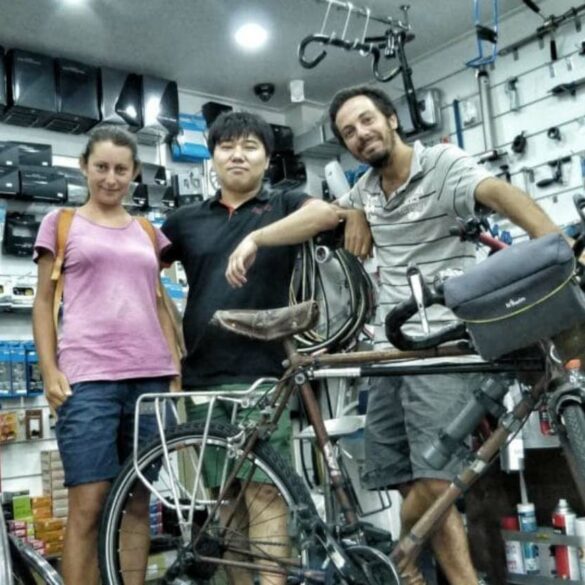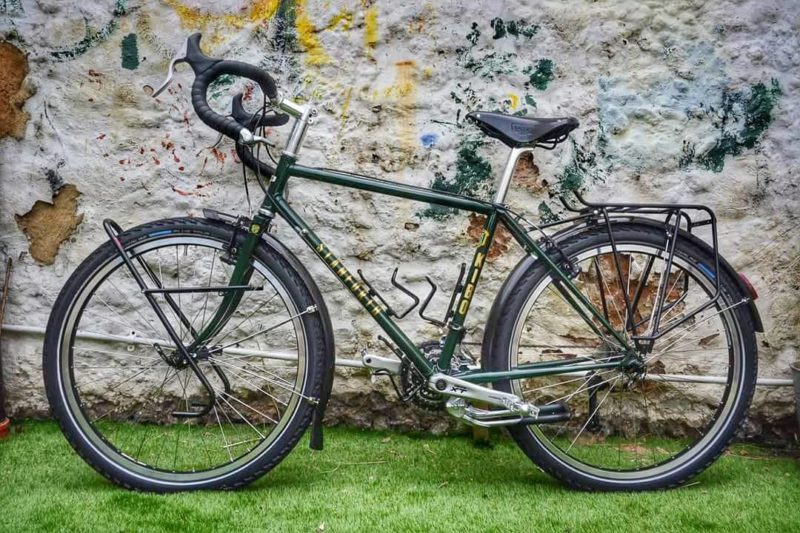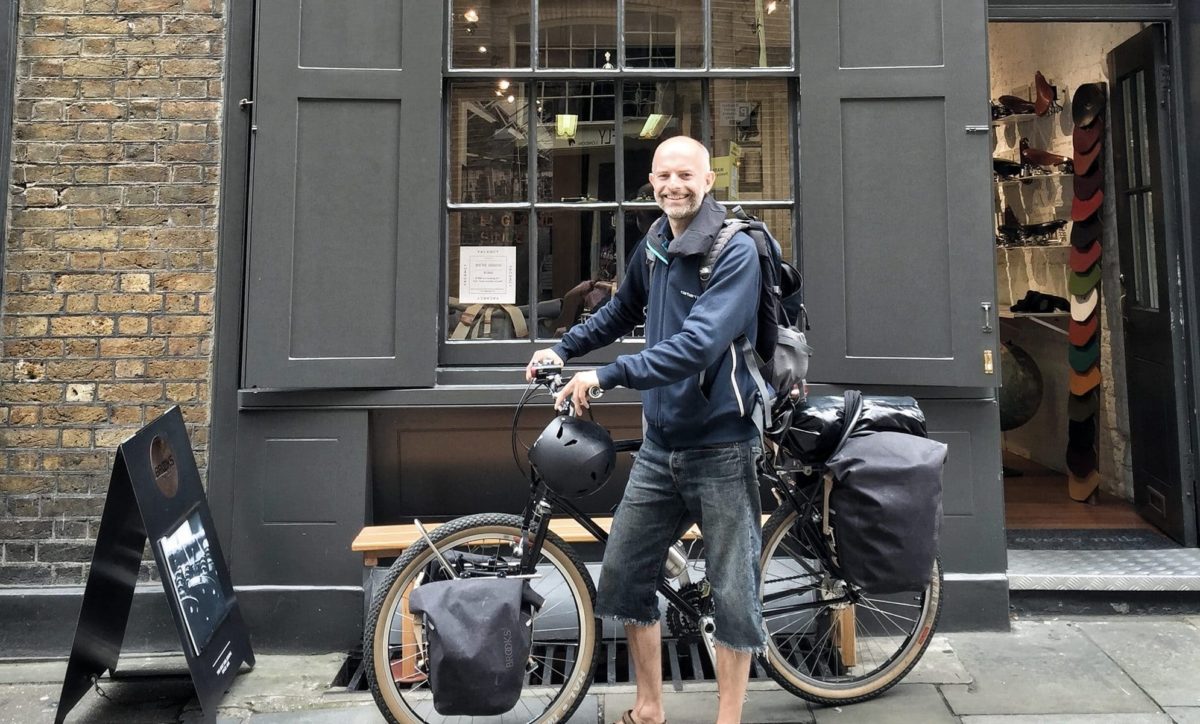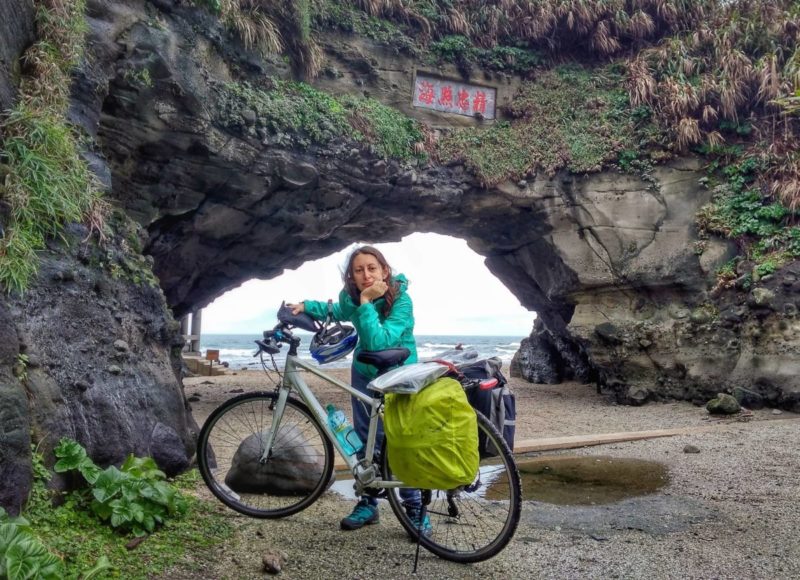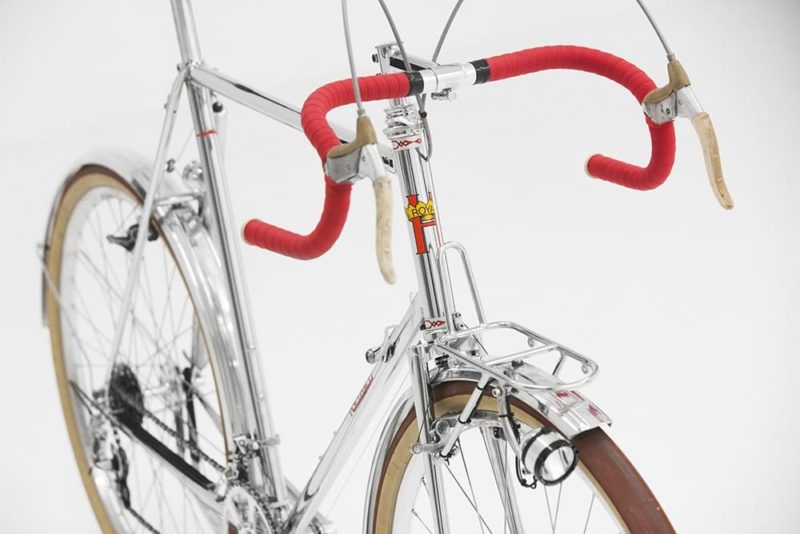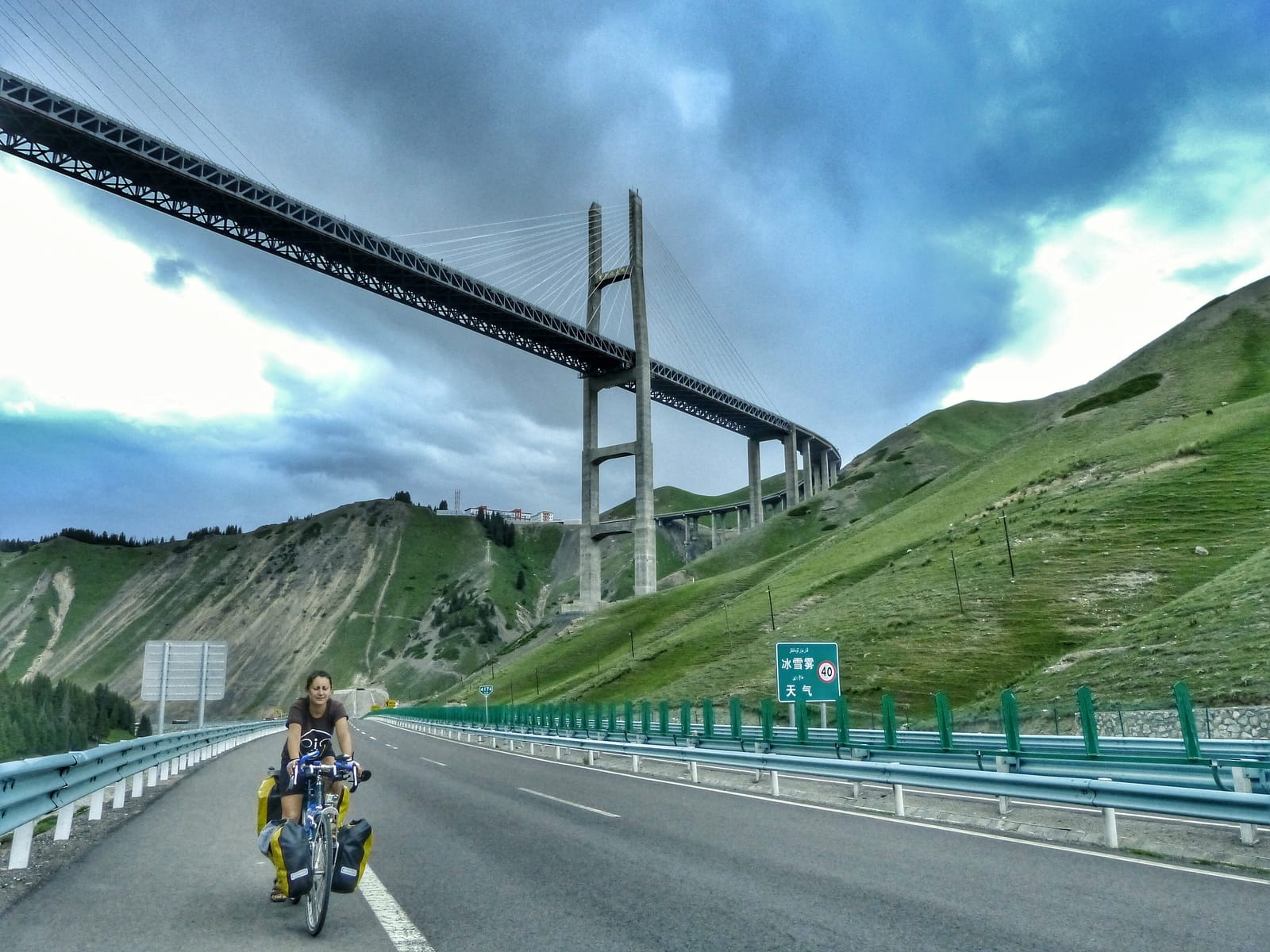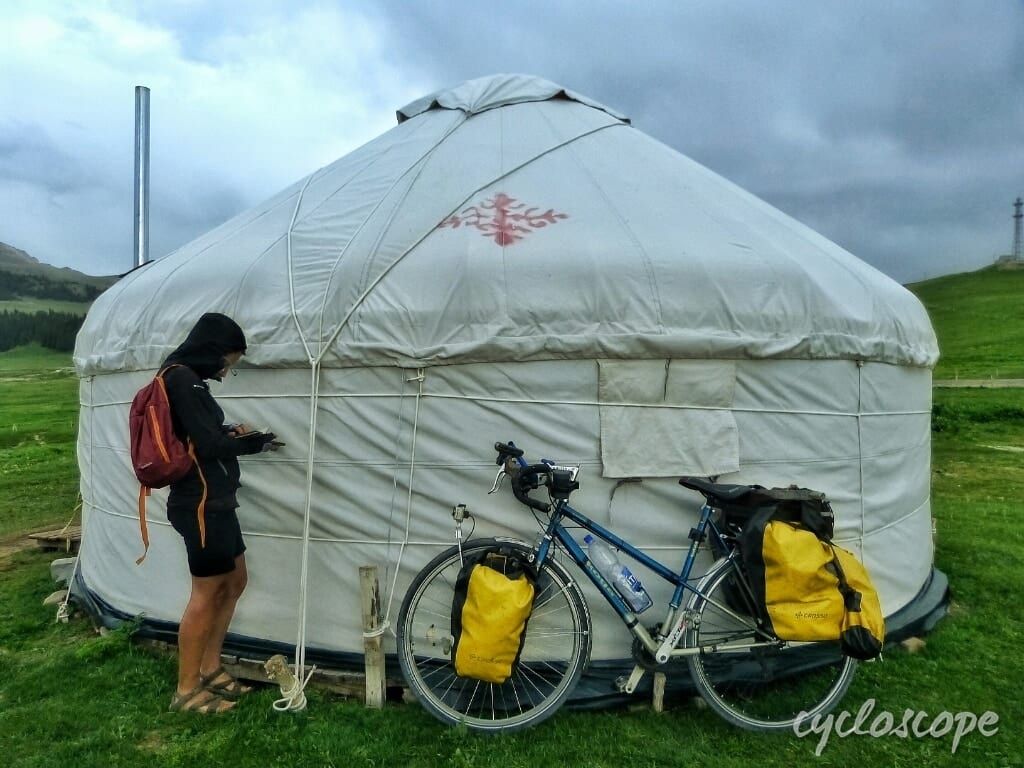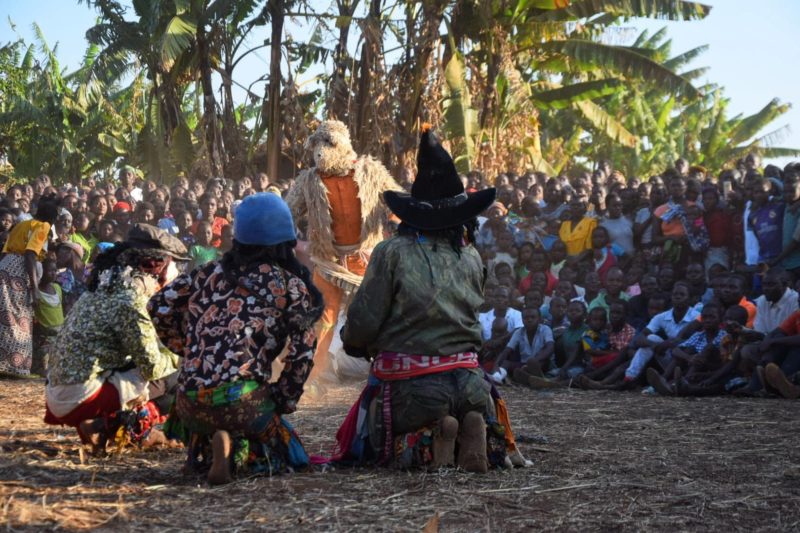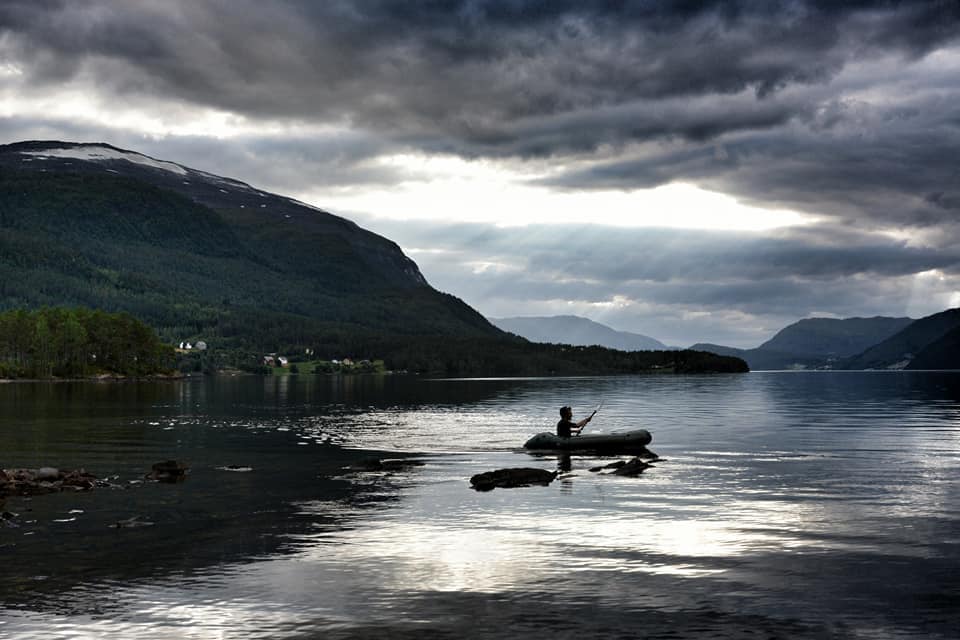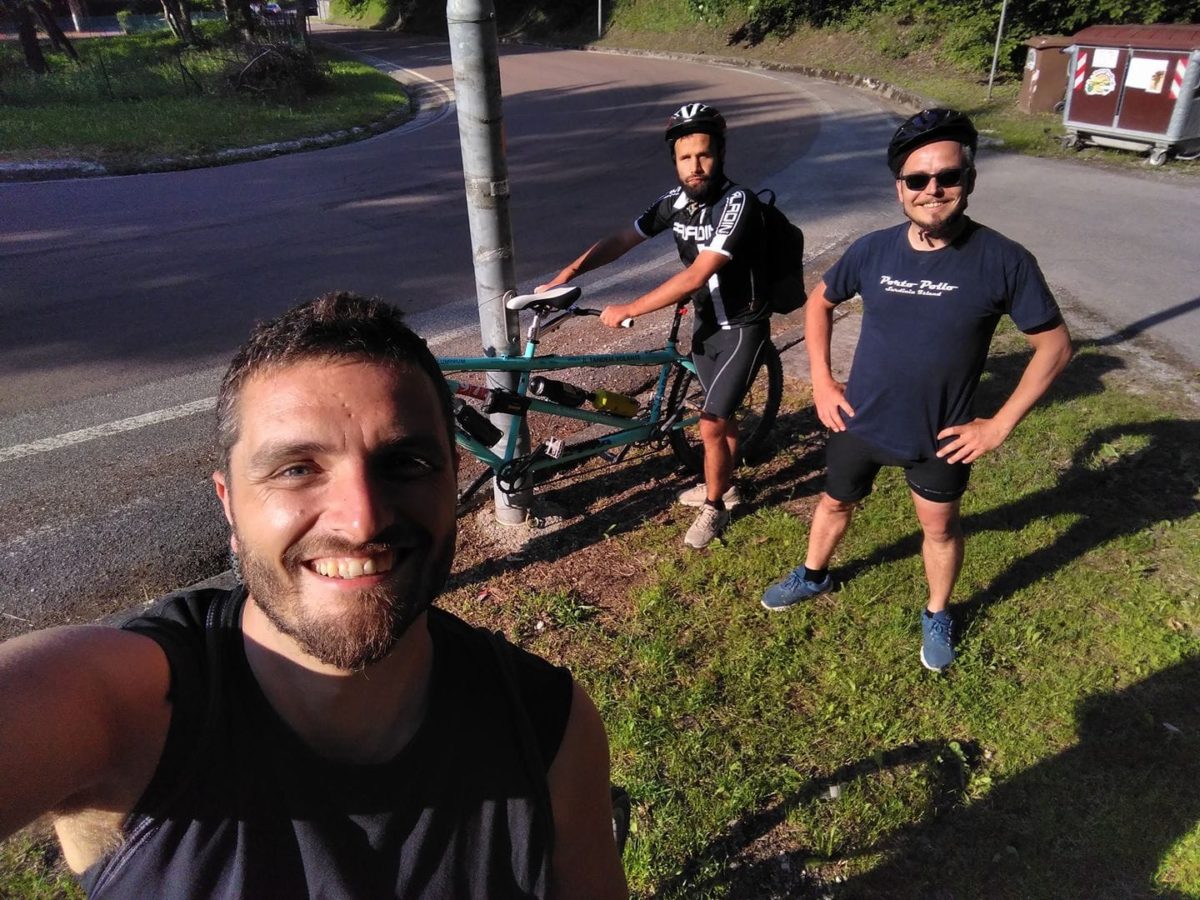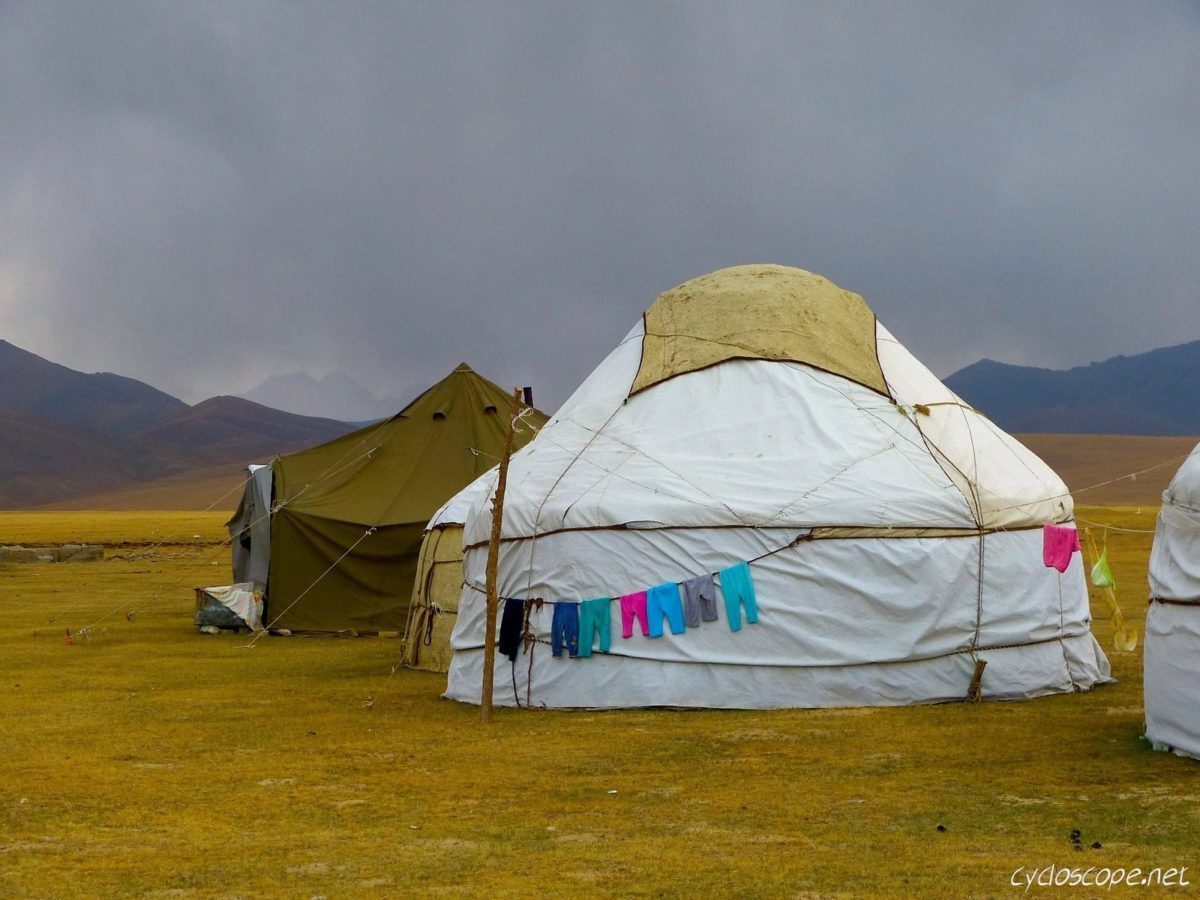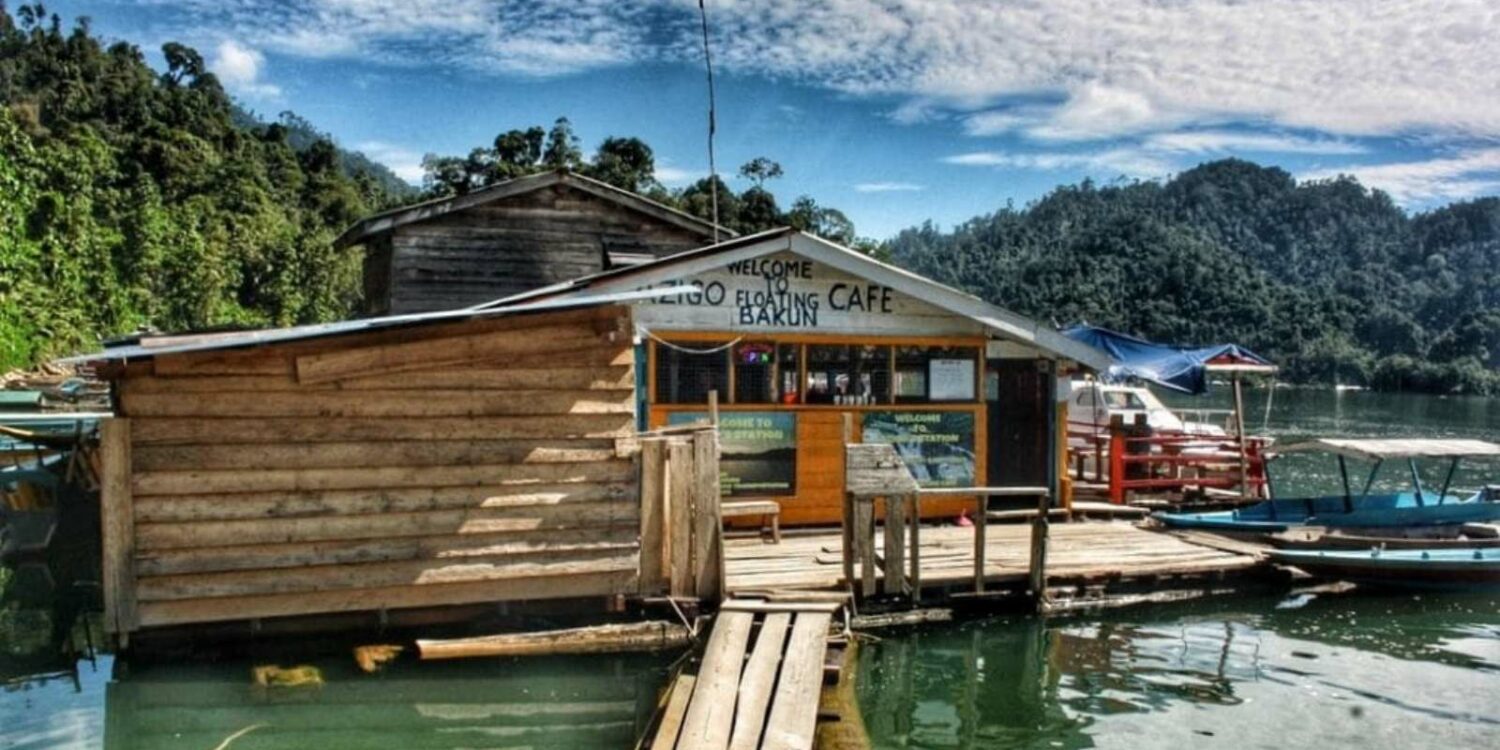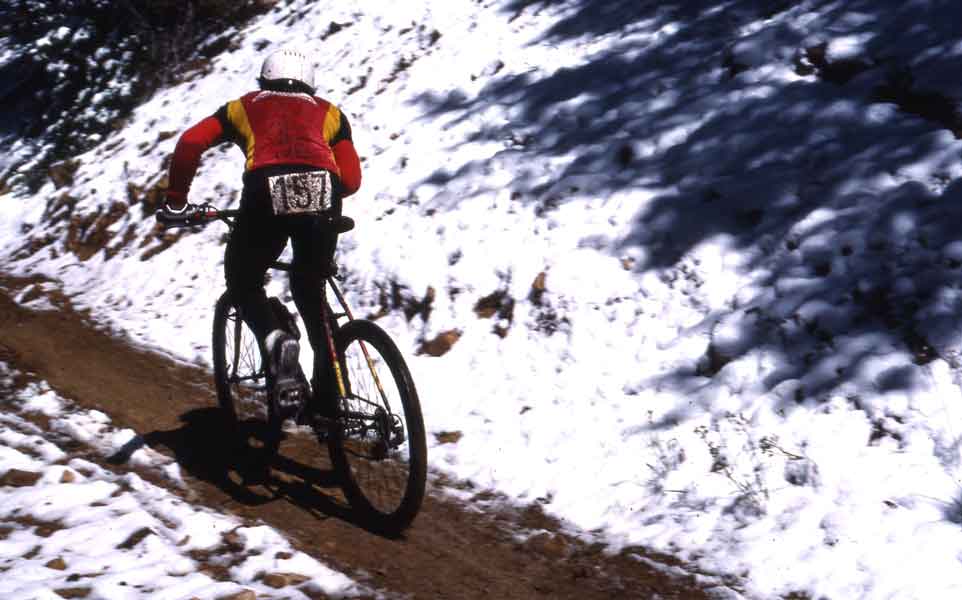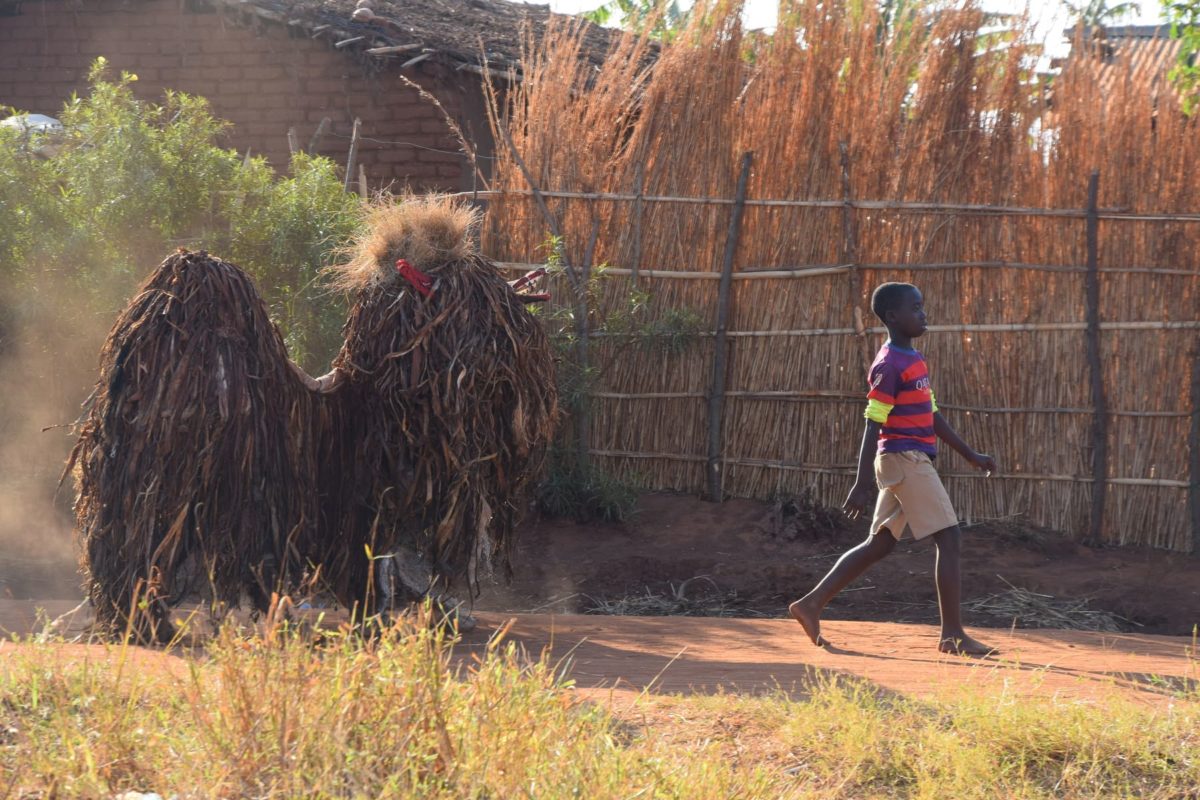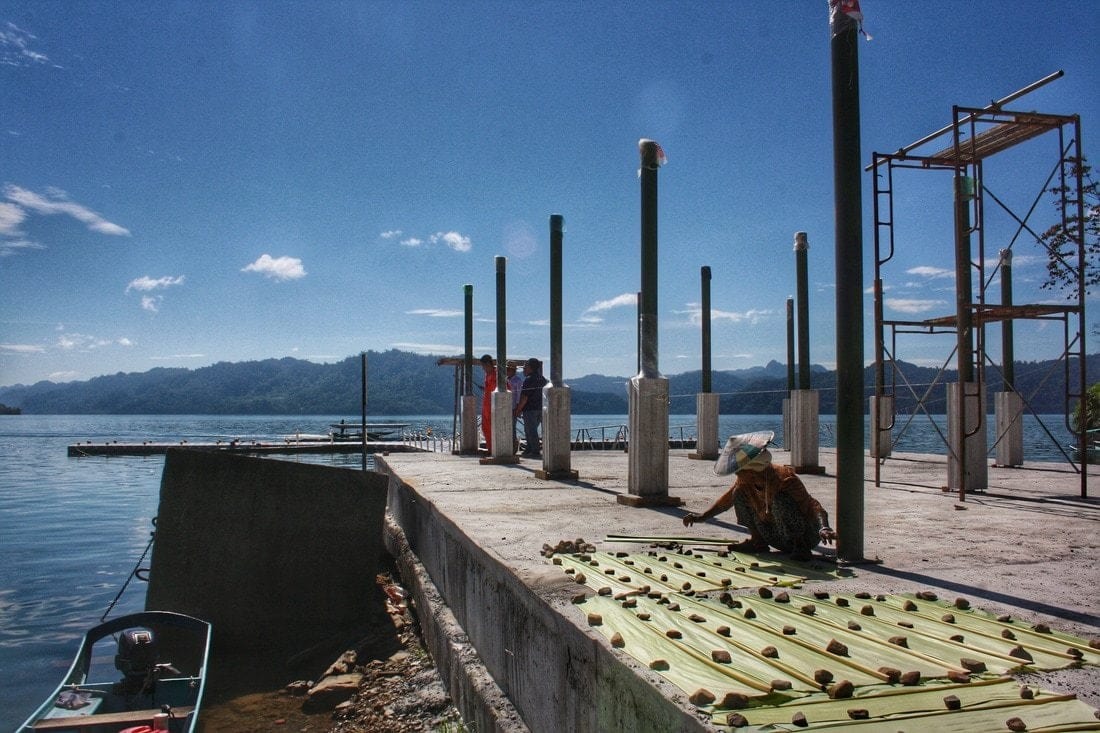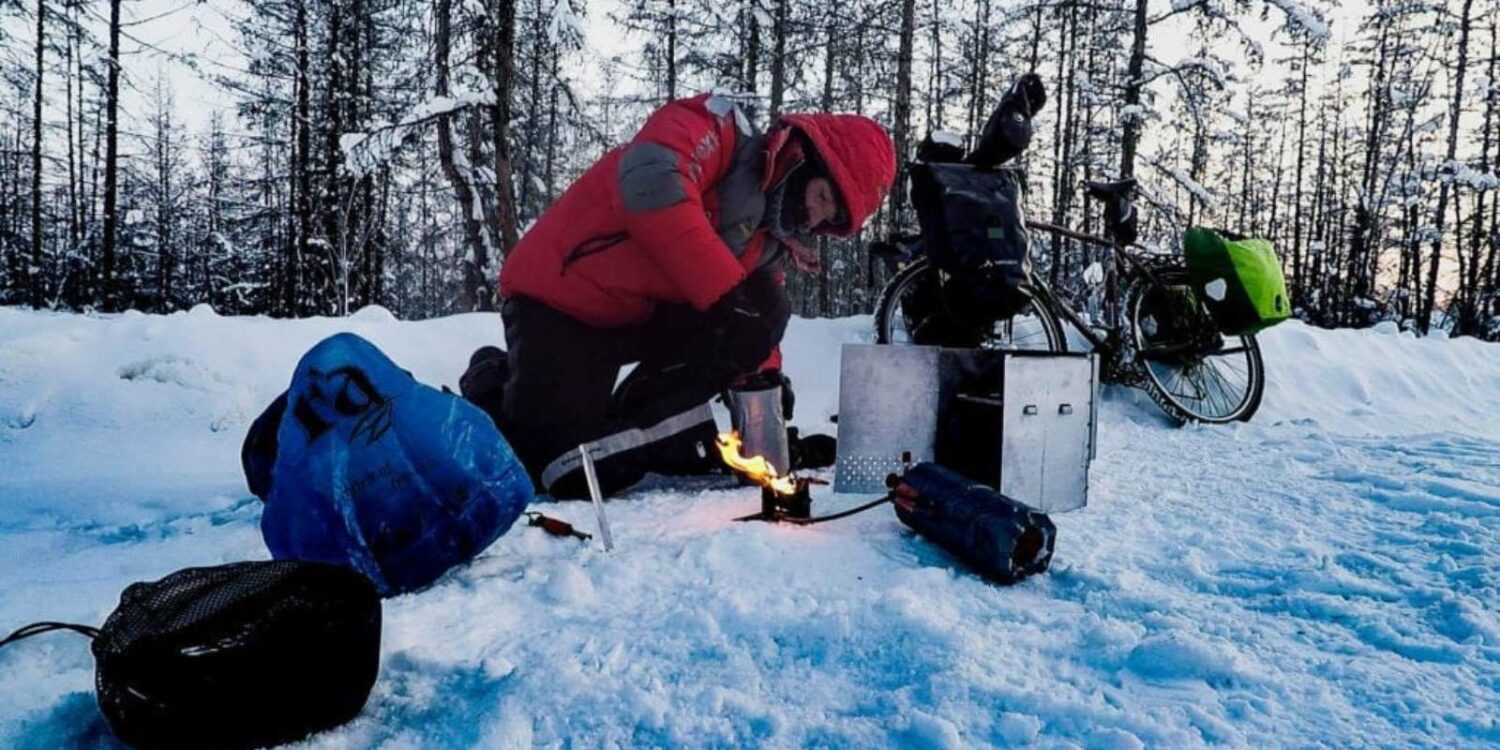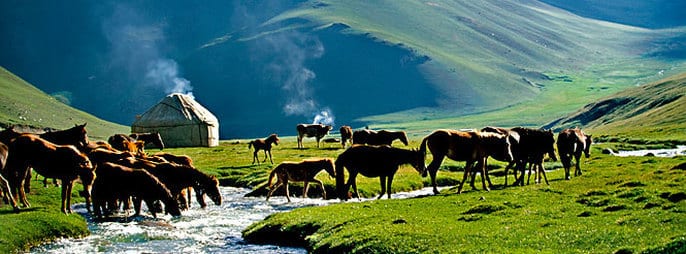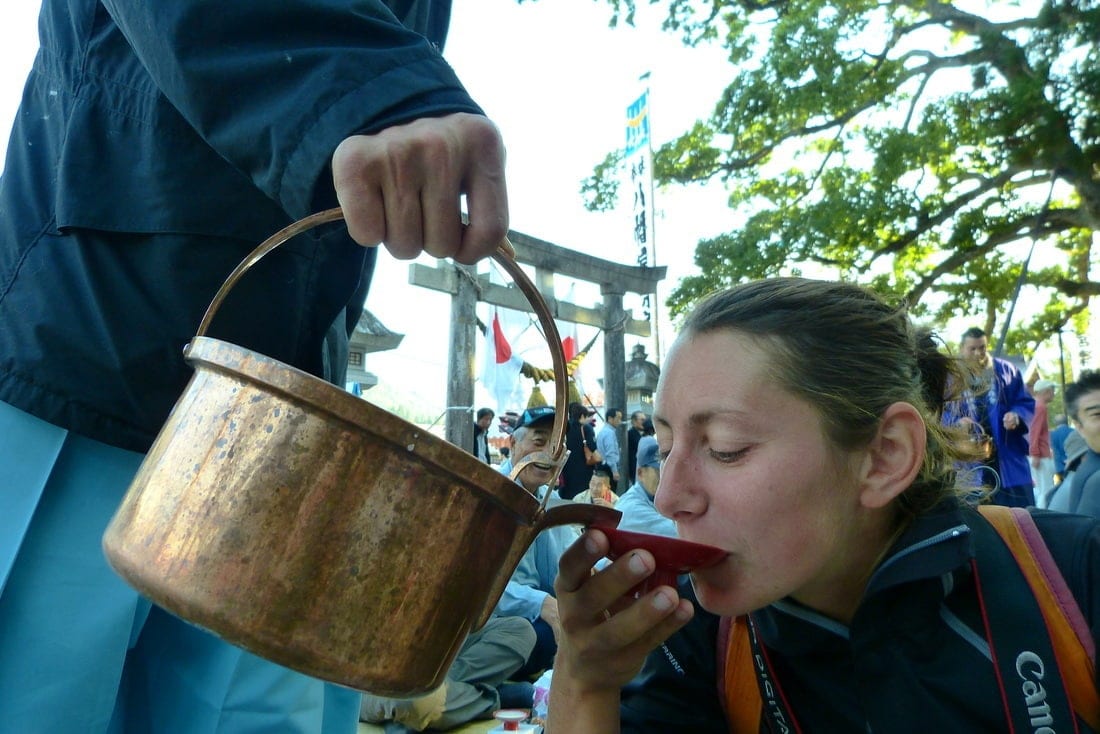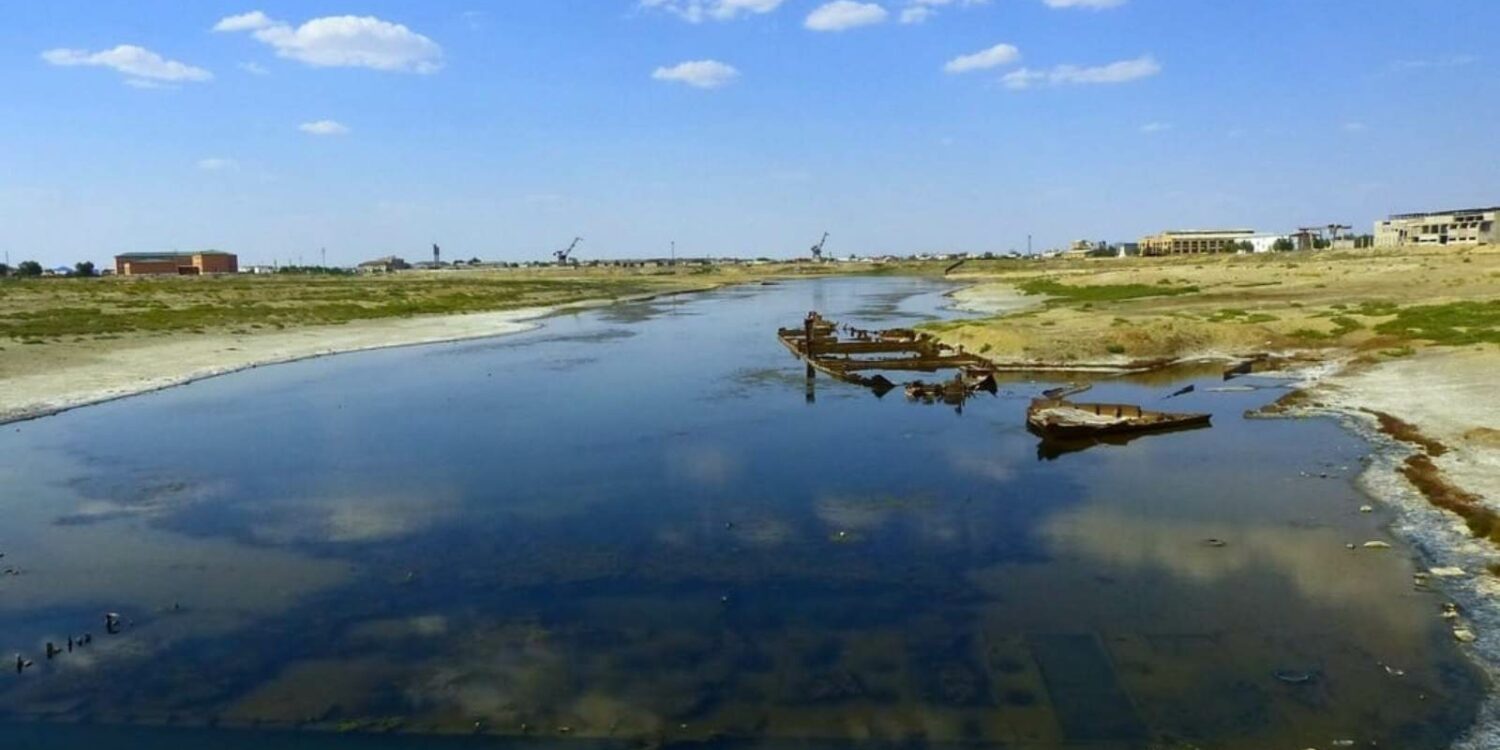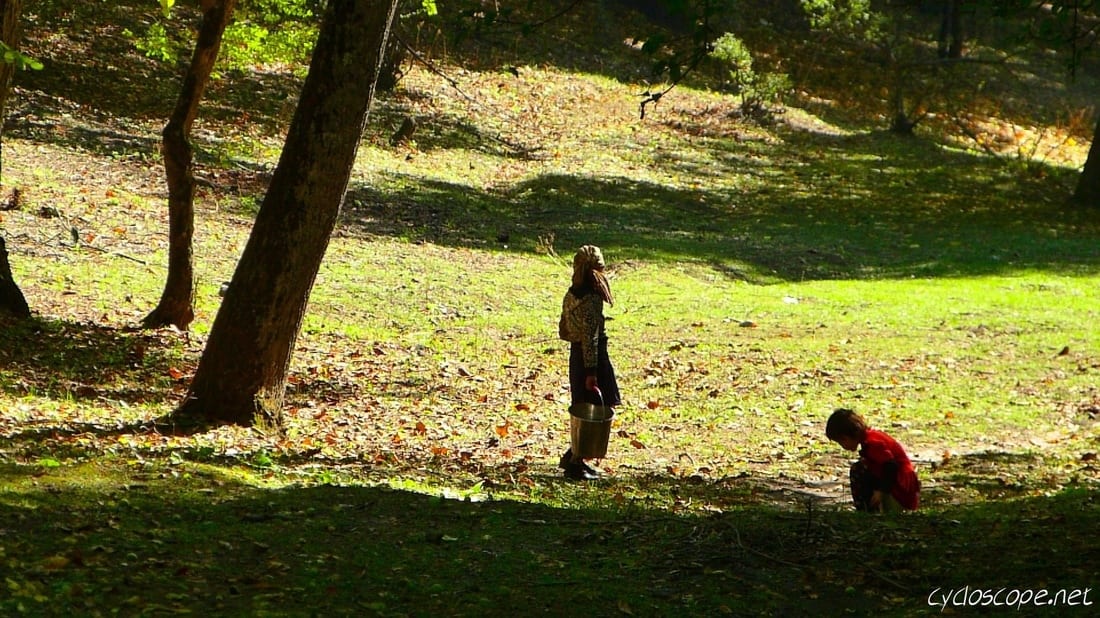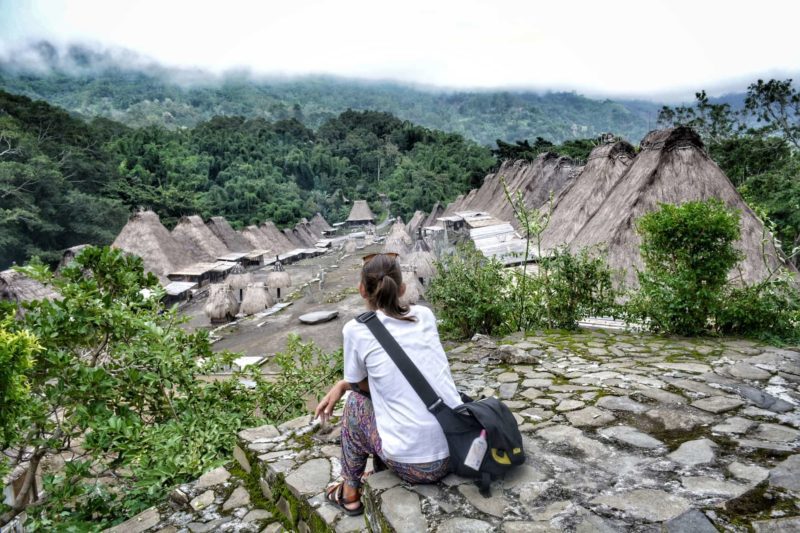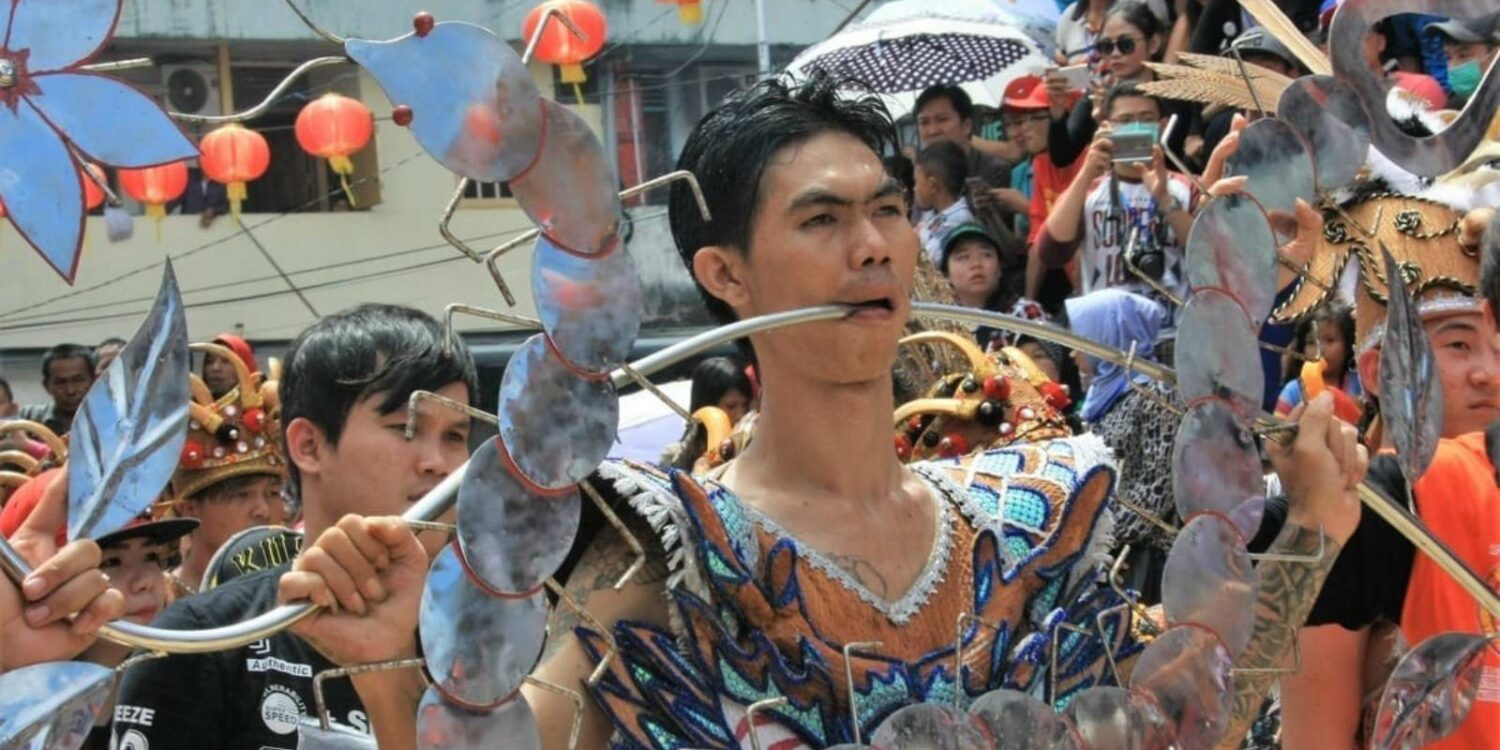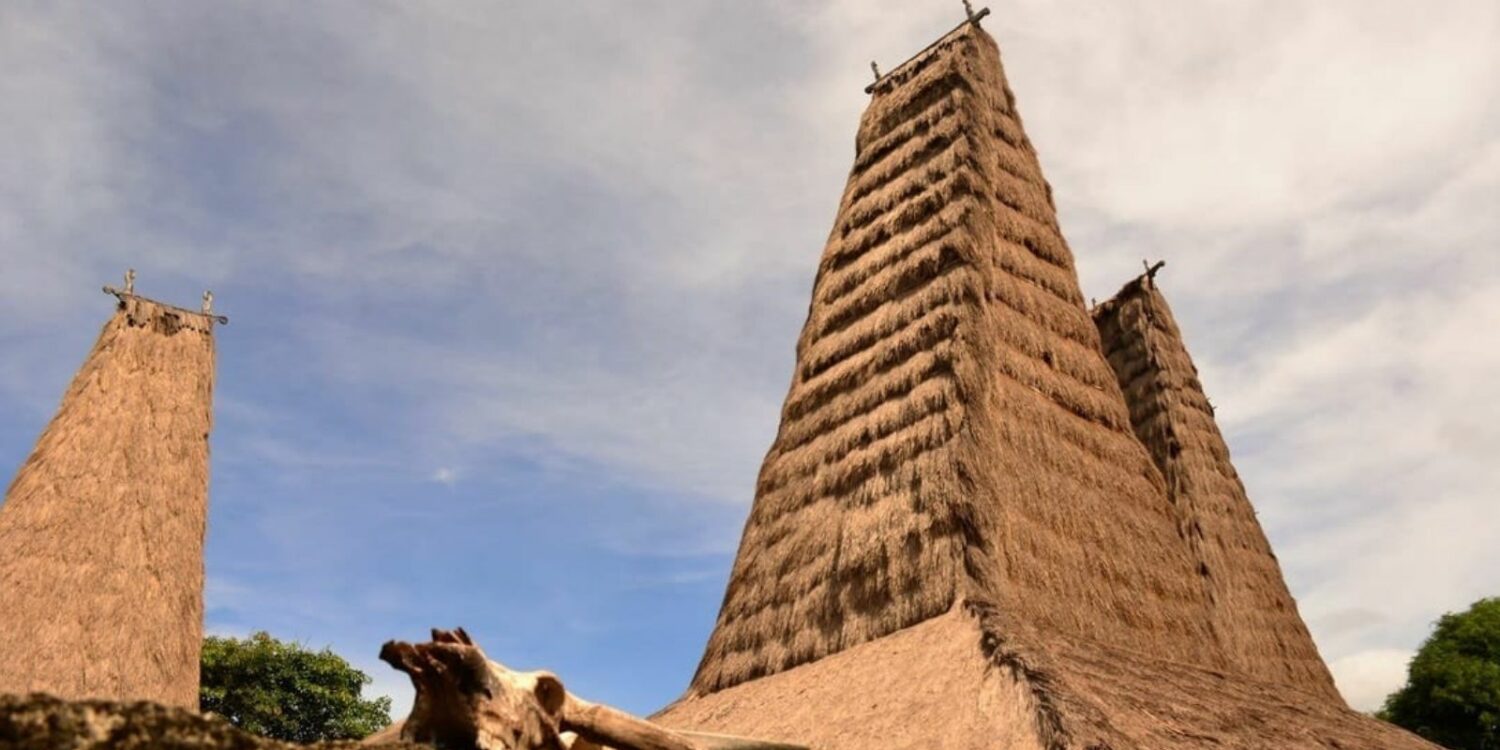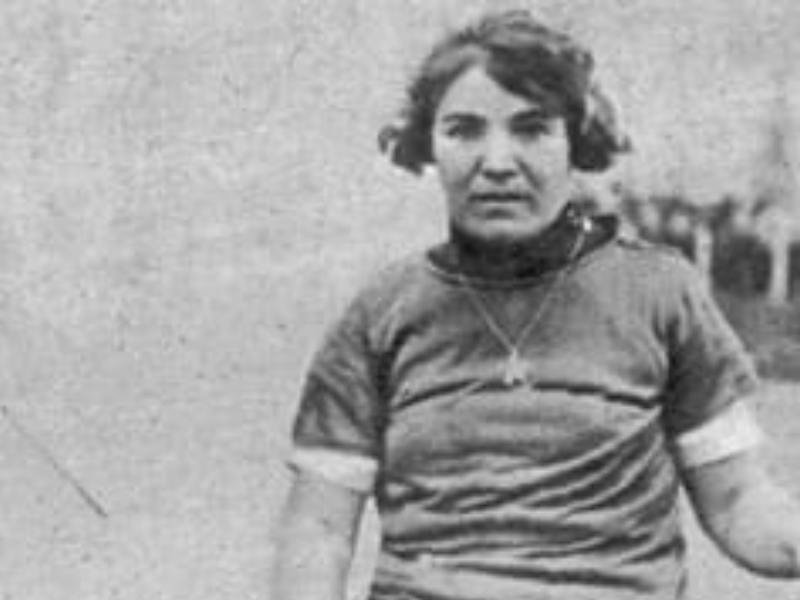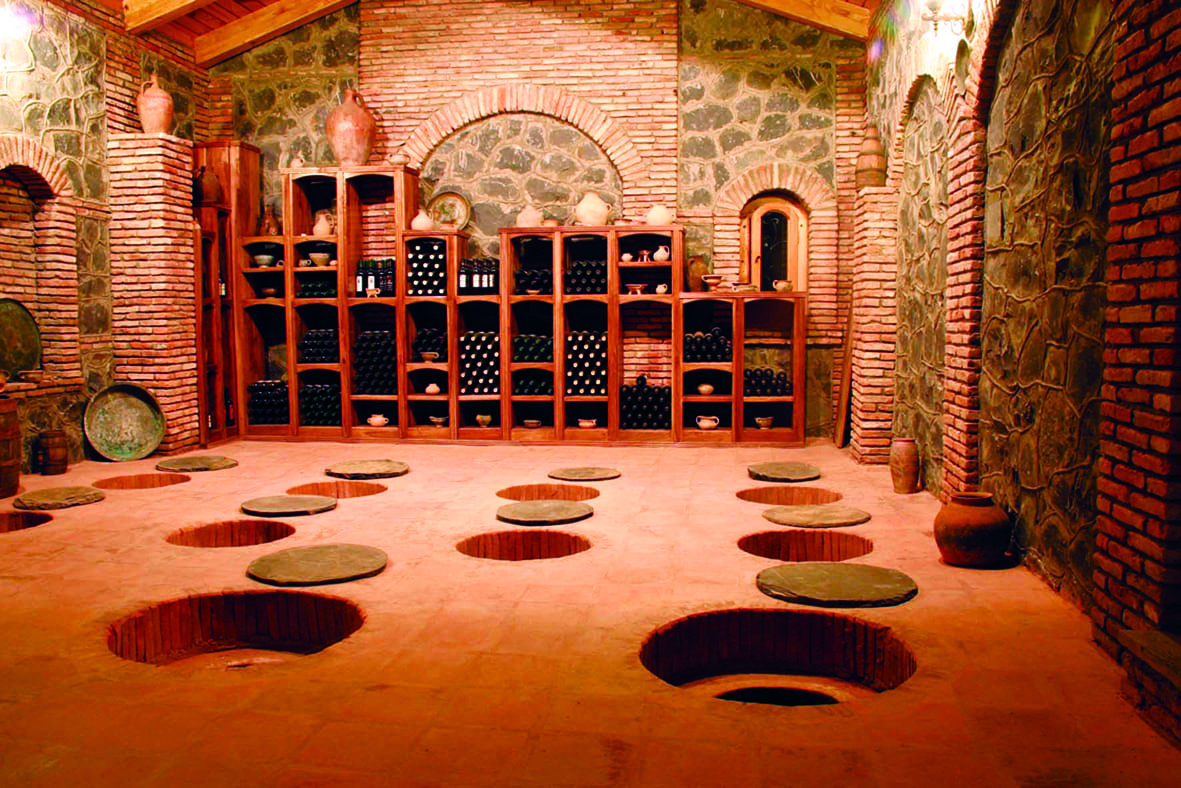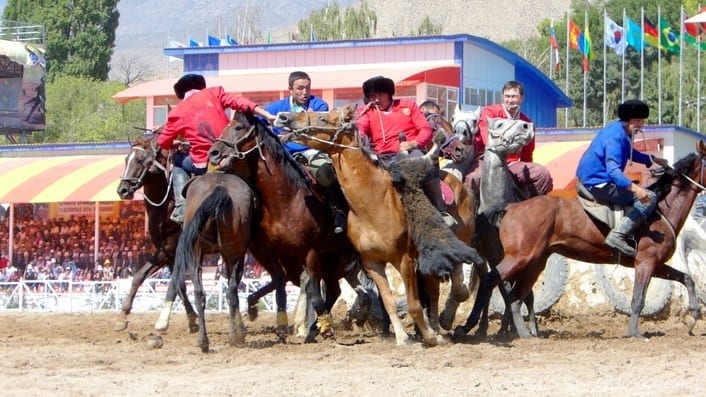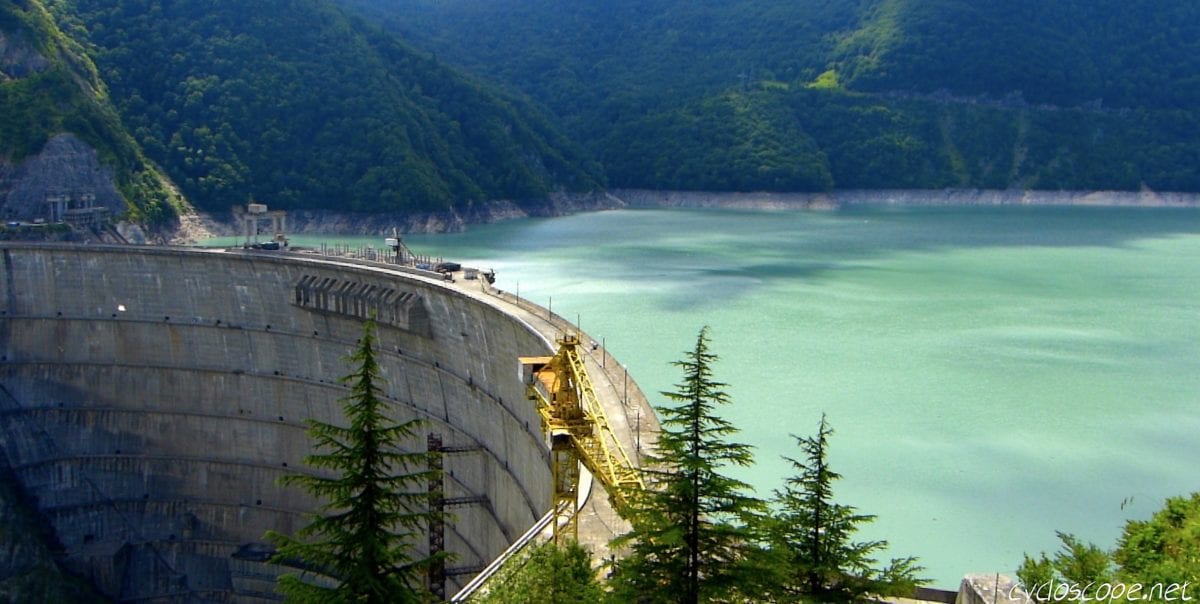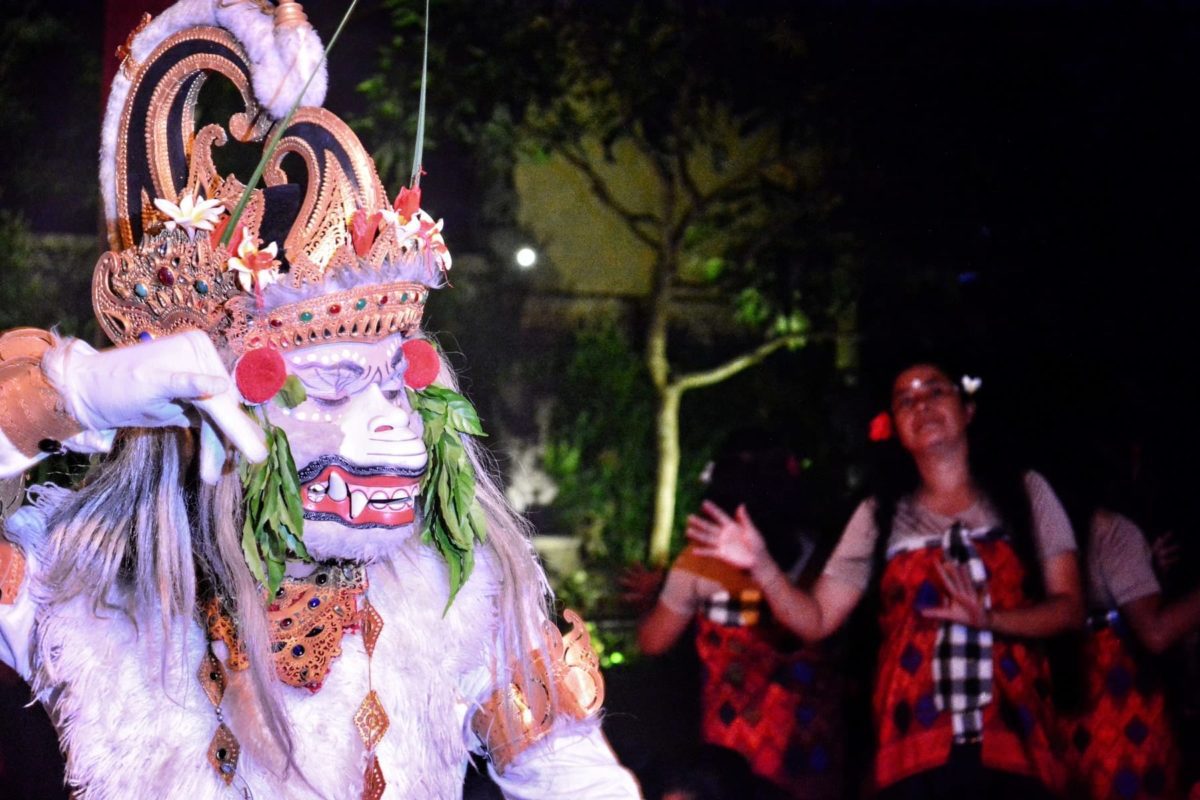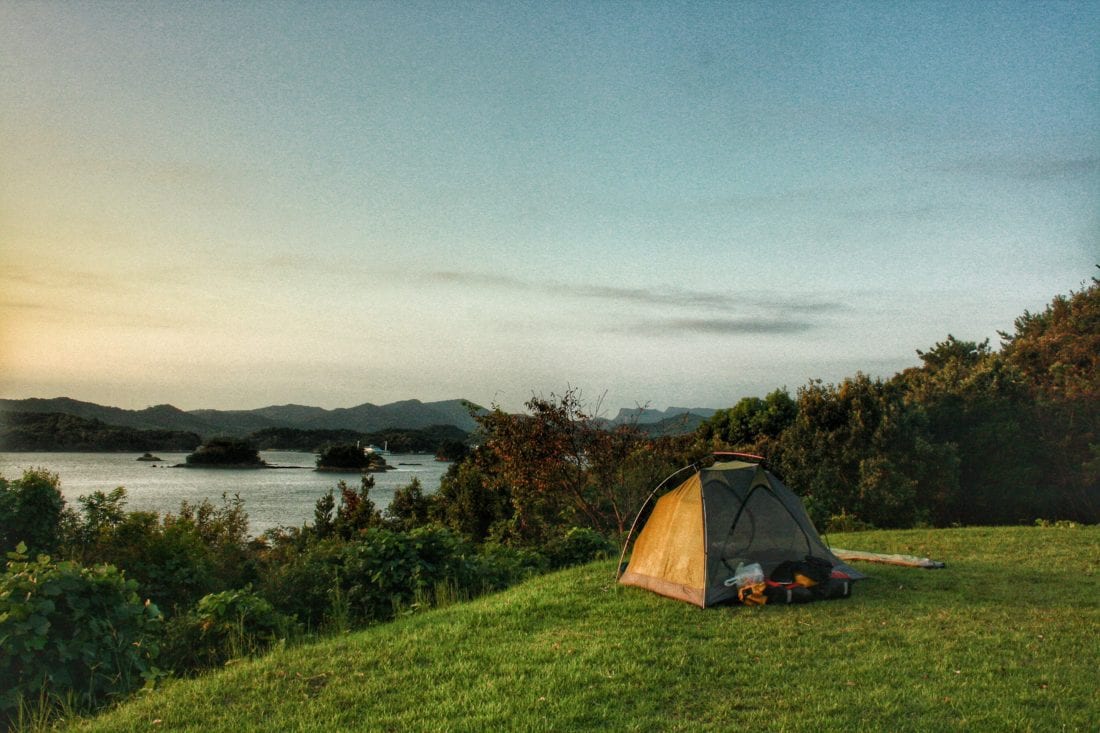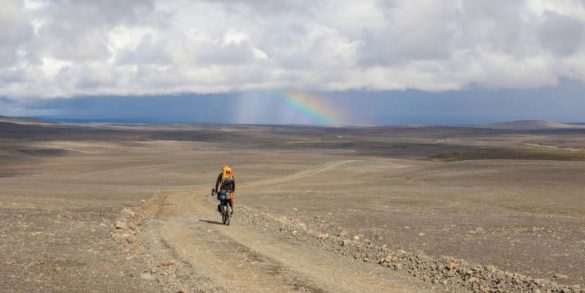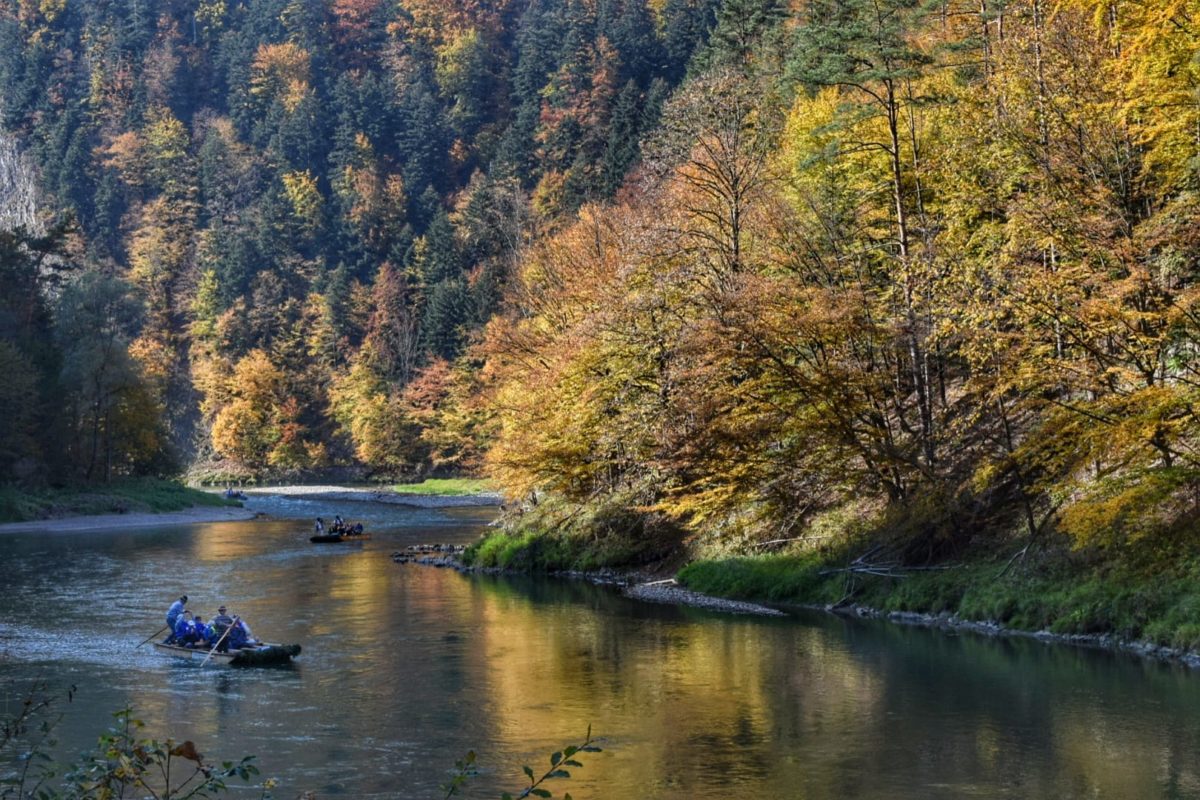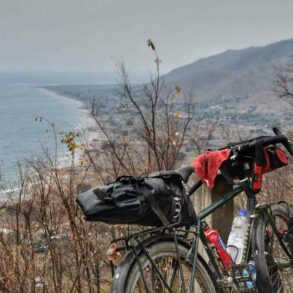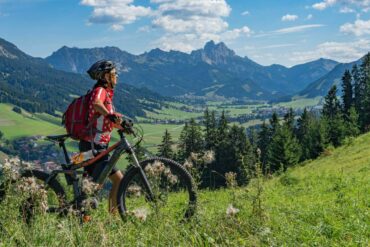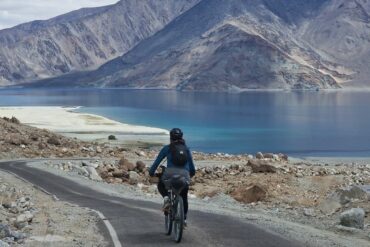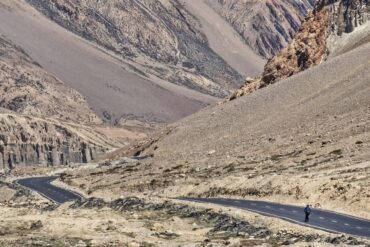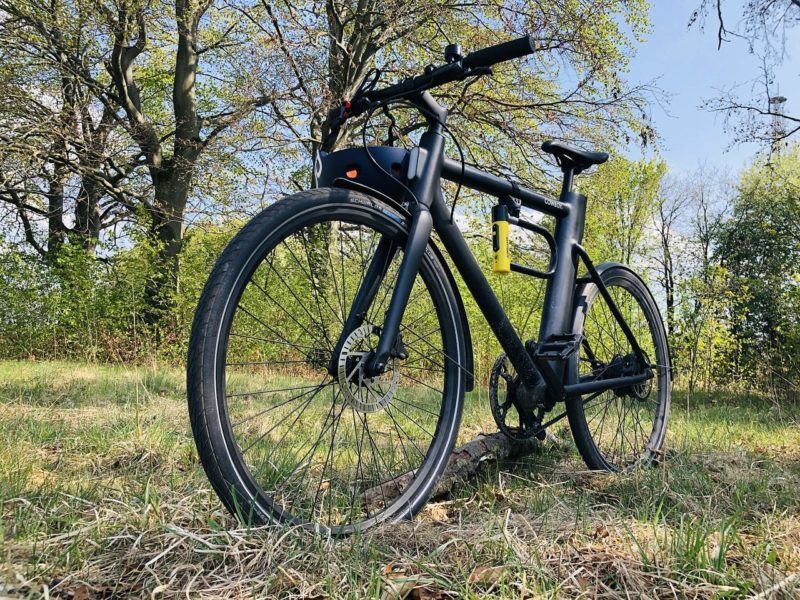Bikepacking 101 – what is bikepacking? How to get started? Bikepacking is...
Welcome to Cycloscope! A thorough resource for bike touring, adventure cycling, and budget travel
Hi! We are Elena & Daniele, world travelers and digital nomads since 2014. We live on the road and our bikes are our homes. Learn more about us.
Started as a bicycle touring blog in 2013, Cycloscope has grown into one of the largest websites about adventure cycling, bikepacking, and budget-oriented backpacking. We hope you'll find what you're looking for here!
Do you want to travel by bike?
Start here with our comprehensive guides about bicycle touring and bikepacking.
Cycle Touring, Bikepacking, and Backpacking Gear Explained
With the help of trusted fellow adventurers, we've reviewed and compared hundreds of pieces of equipment - Need to gear up for the next journey, by bike or not?
Looking for an adventure bike?
Touring bikes, gravel, fat bikes, MTB, plus bikes, tandems and a lot more. Reviewed and compared!
Check all our bike reviews
reviews and comparisons by the experts
Destinations
adventures around the world... by bike or not.
View all our reportages
First-hand testimony of what's going on around the world

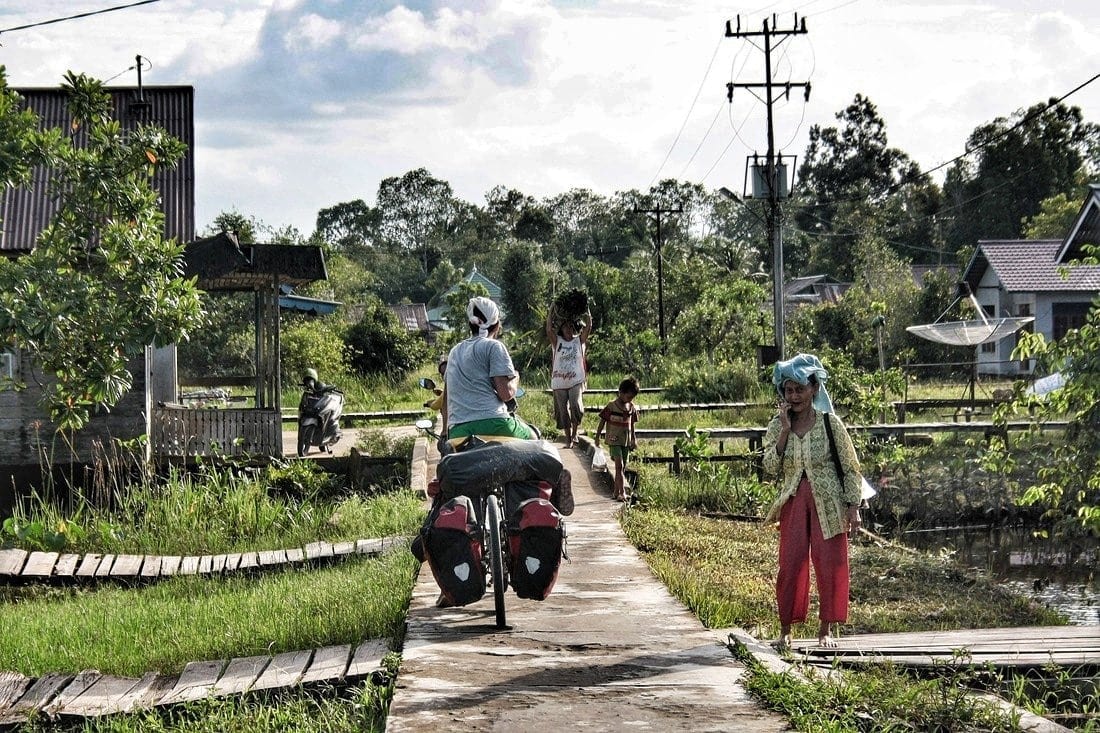
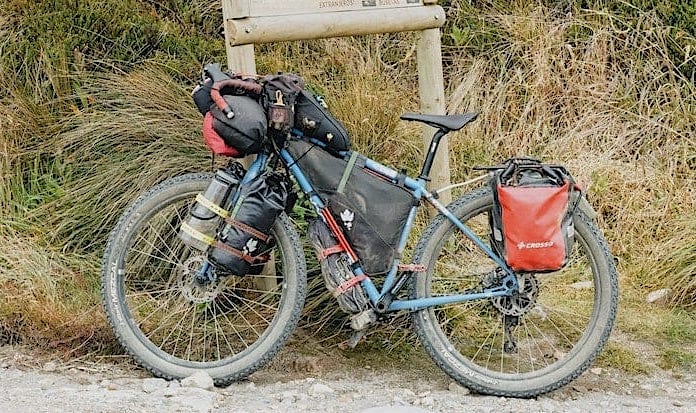
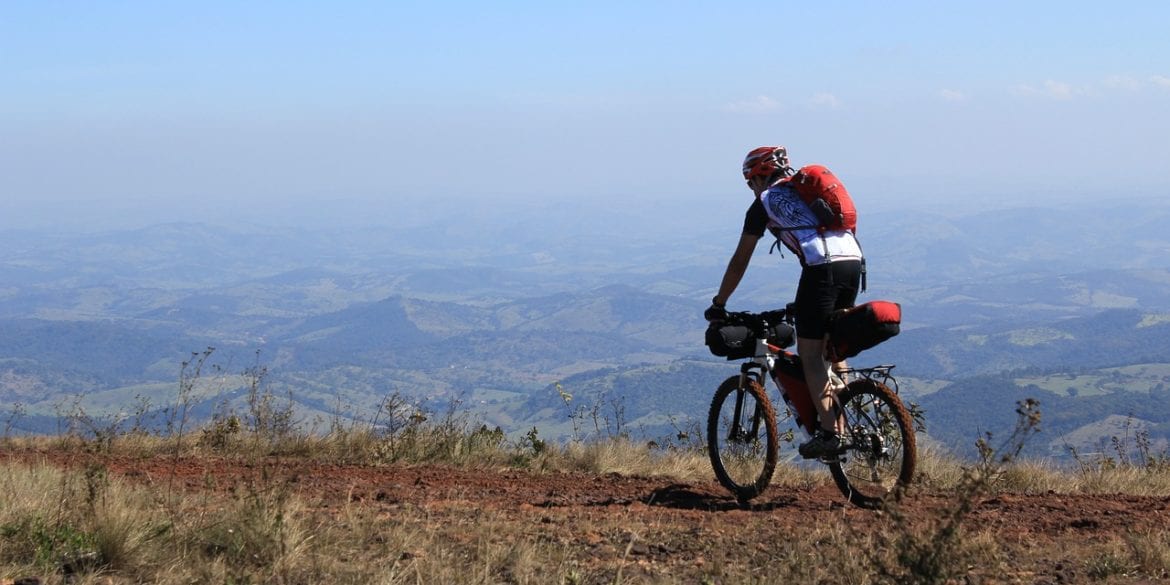

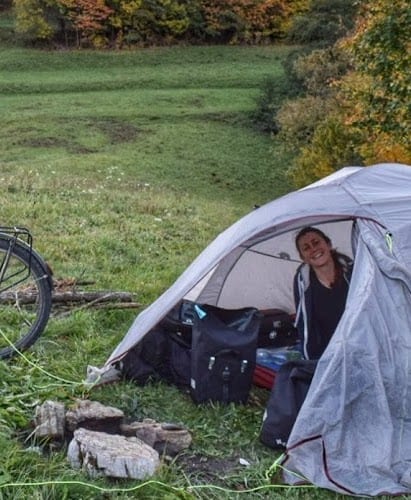
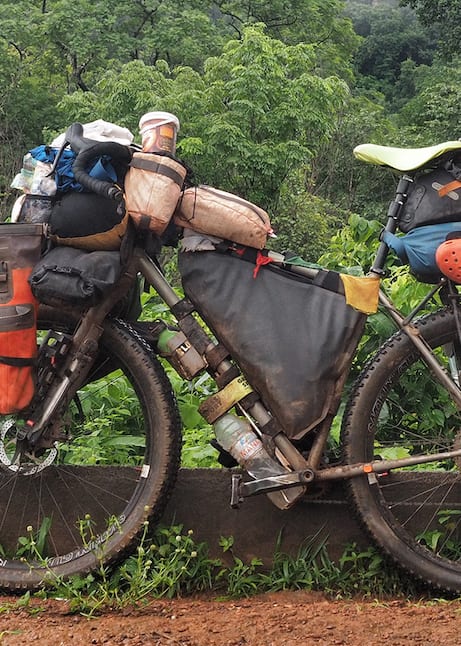
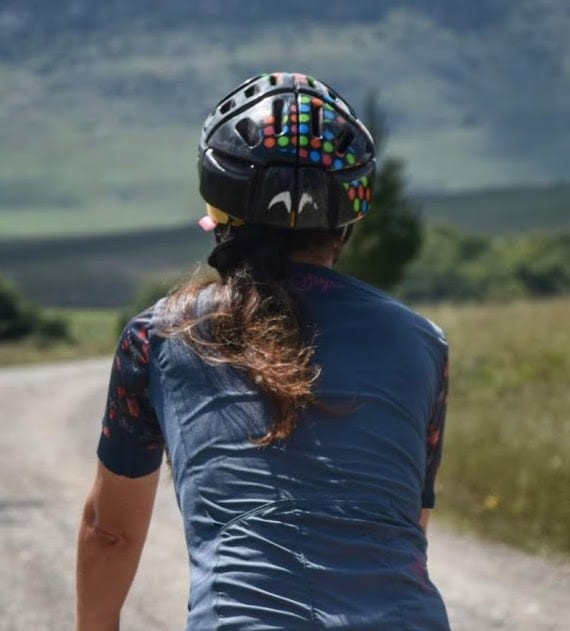
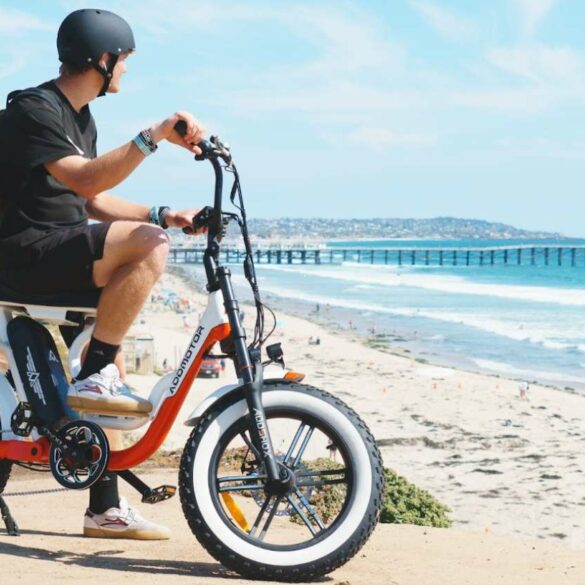

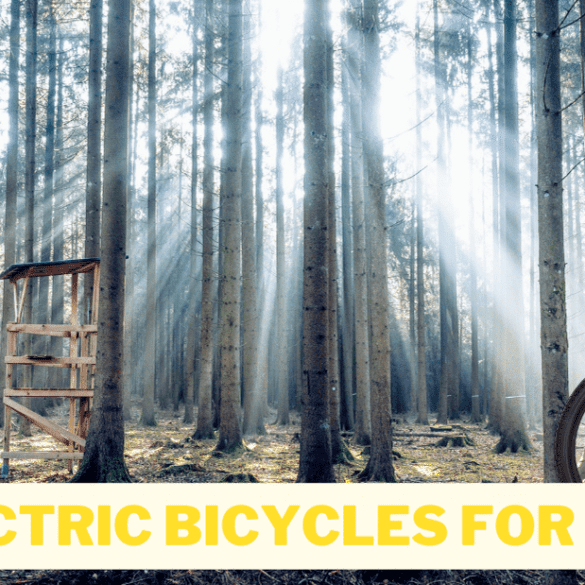

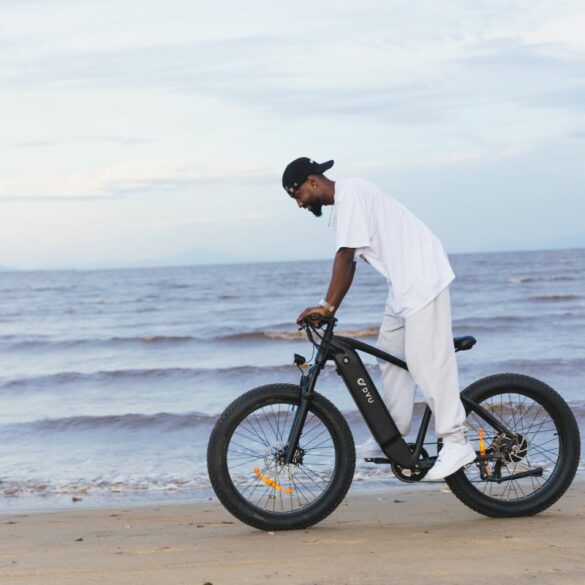


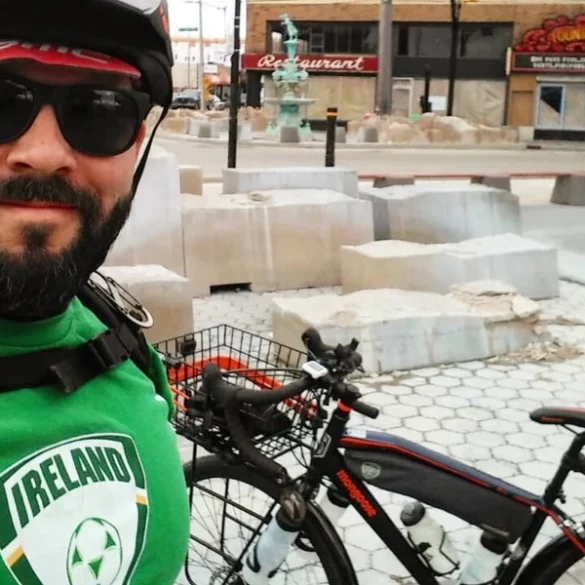
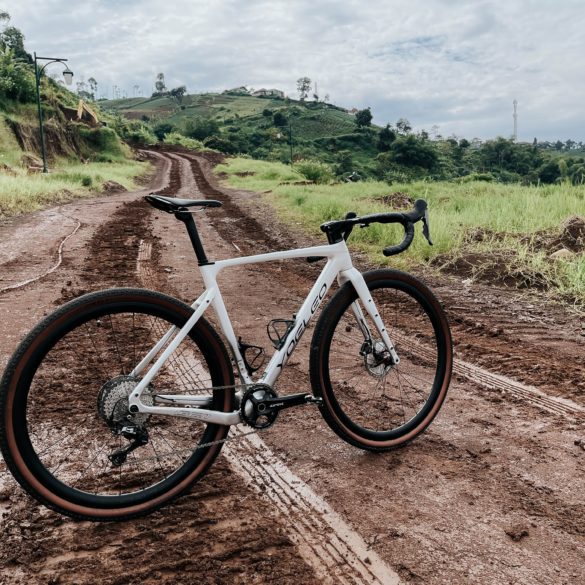
![Ridley Kanzo Fast [Review!] GRX VS Rival VS Ekart VS Classified 35 Ridley Kanzo Fast review](https://cycloscope.net/wp-content/uploads/2022/05/Ridley-kanzo-Fast-Review-585x585.jpeg)
![RIDLEY Fenix SLiC vs SLA [Review for 2022] Budget Aluminum to Top Carbon Road Bike 36 RIDLEY Fenix](https://cycloscope.net/wp-content/uploads/2022/03/RIDLEY-Fenix--585x585.jpeg)

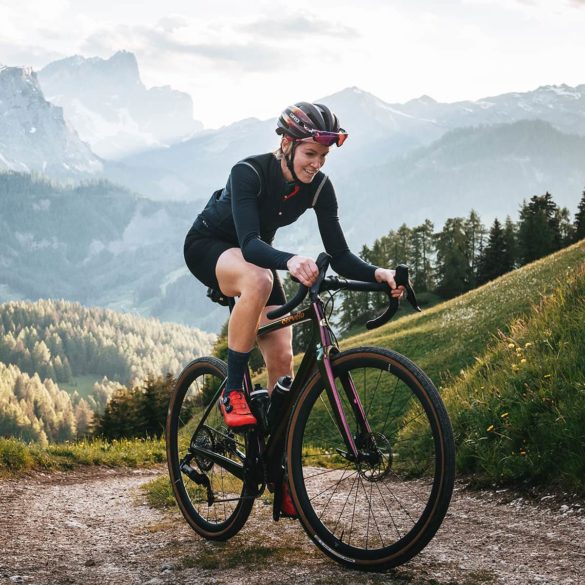
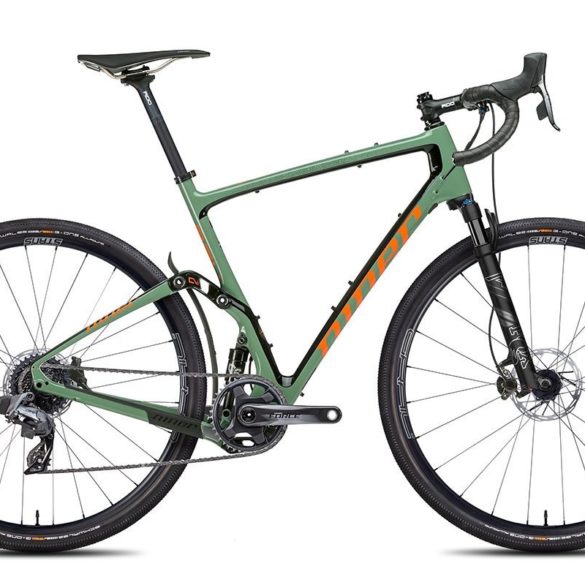
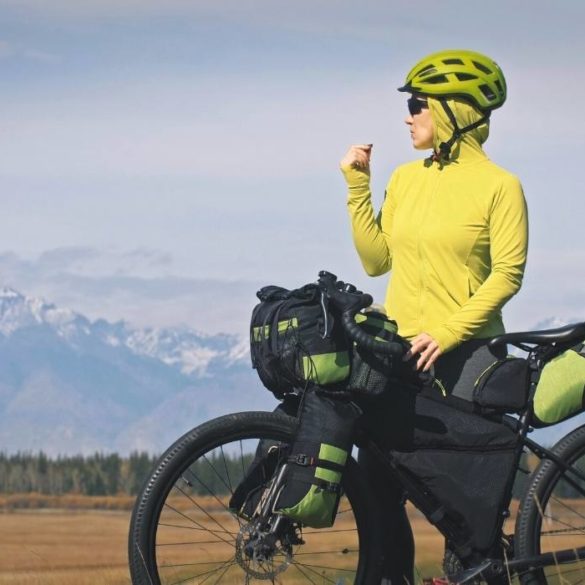
![11 Best Road Bikes for Ladies [from Cheap to Top, from Beginner to Pro] 41 best road bikes for women beginner](https://cycloscope.net/wp-content/uploads/2022/03/best-road-bikes-for-women-beginner-585x585.jpg)
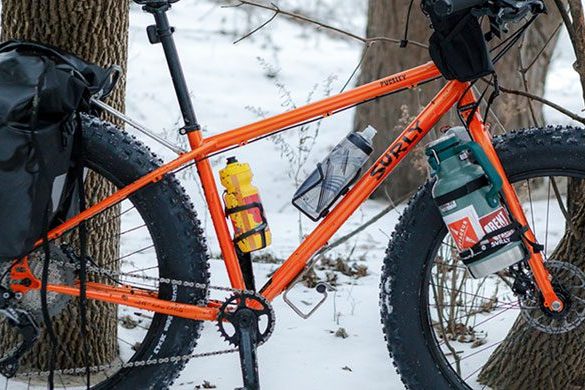
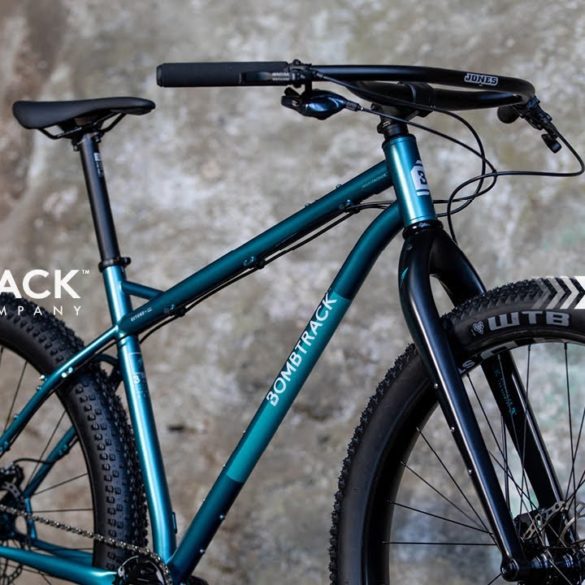
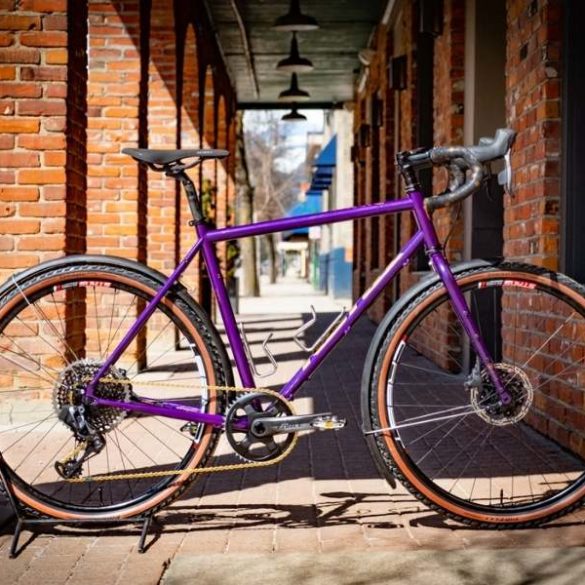
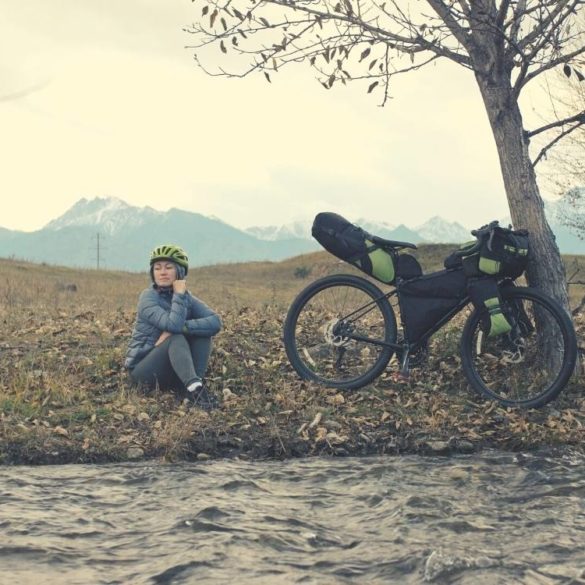
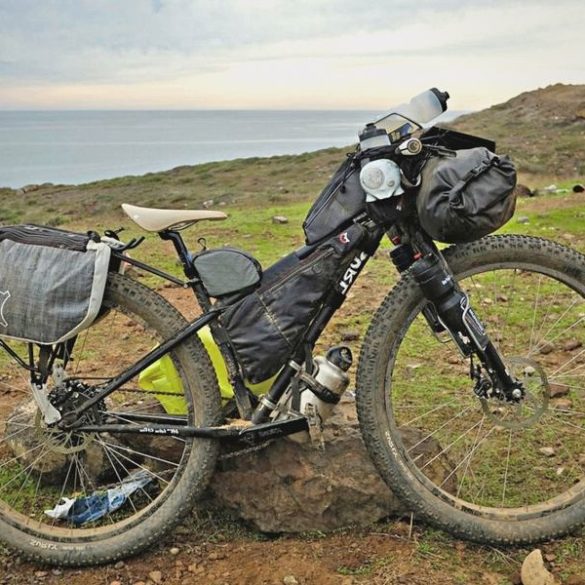
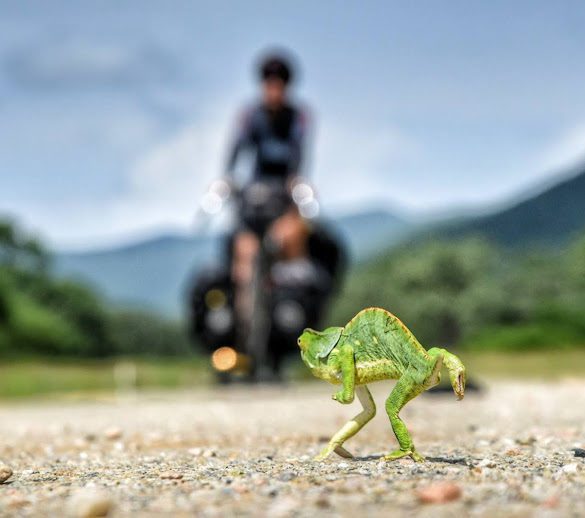
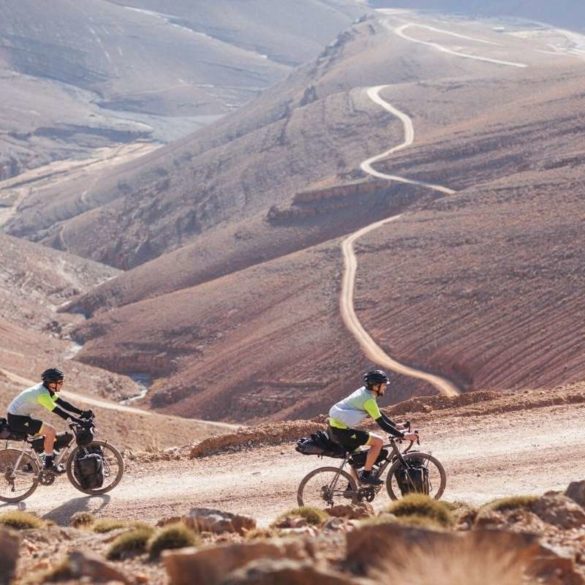
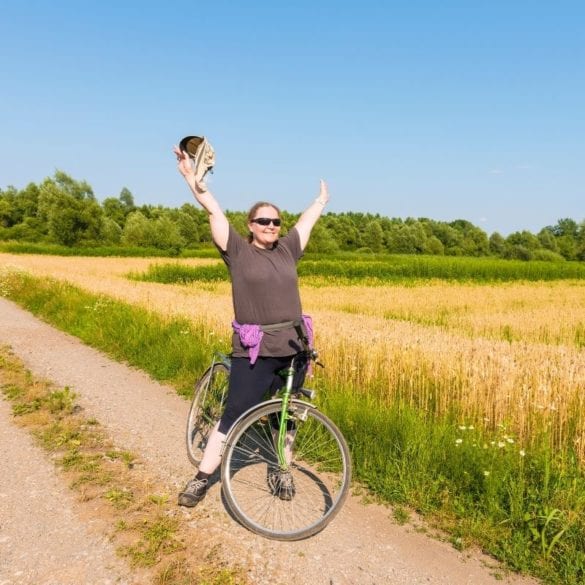
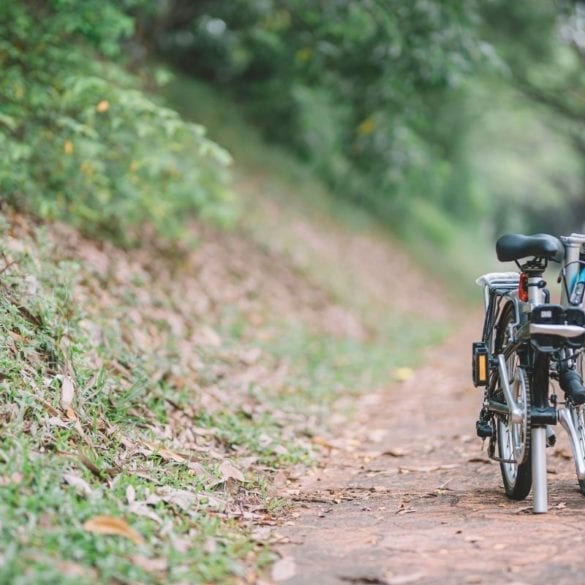
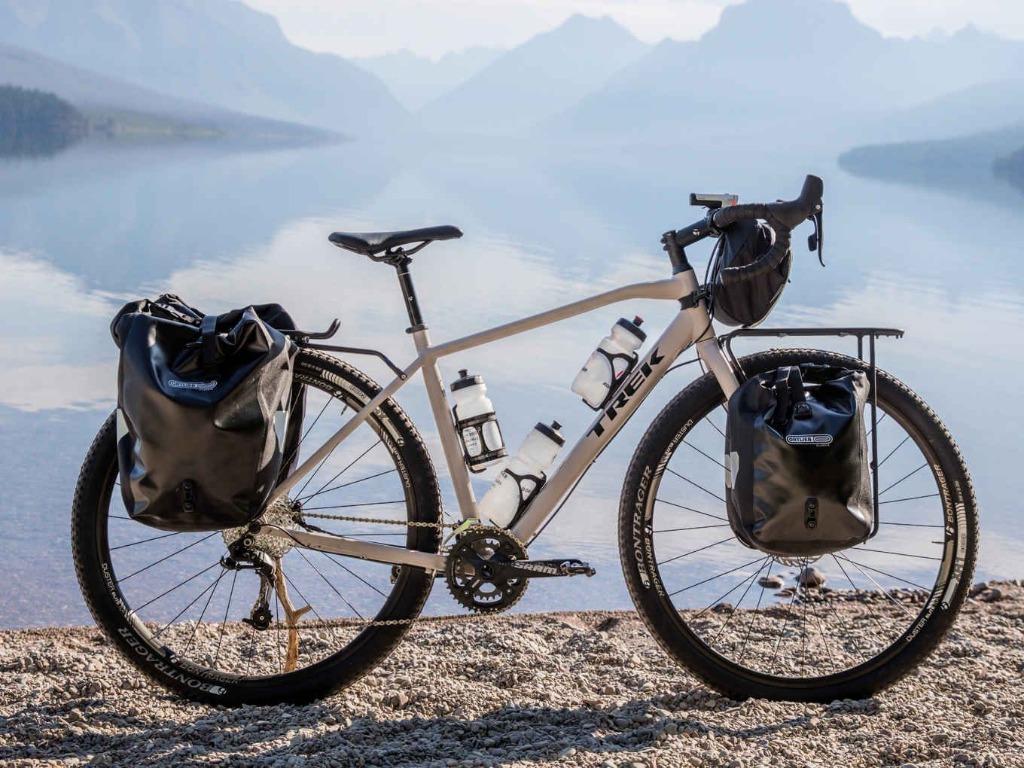
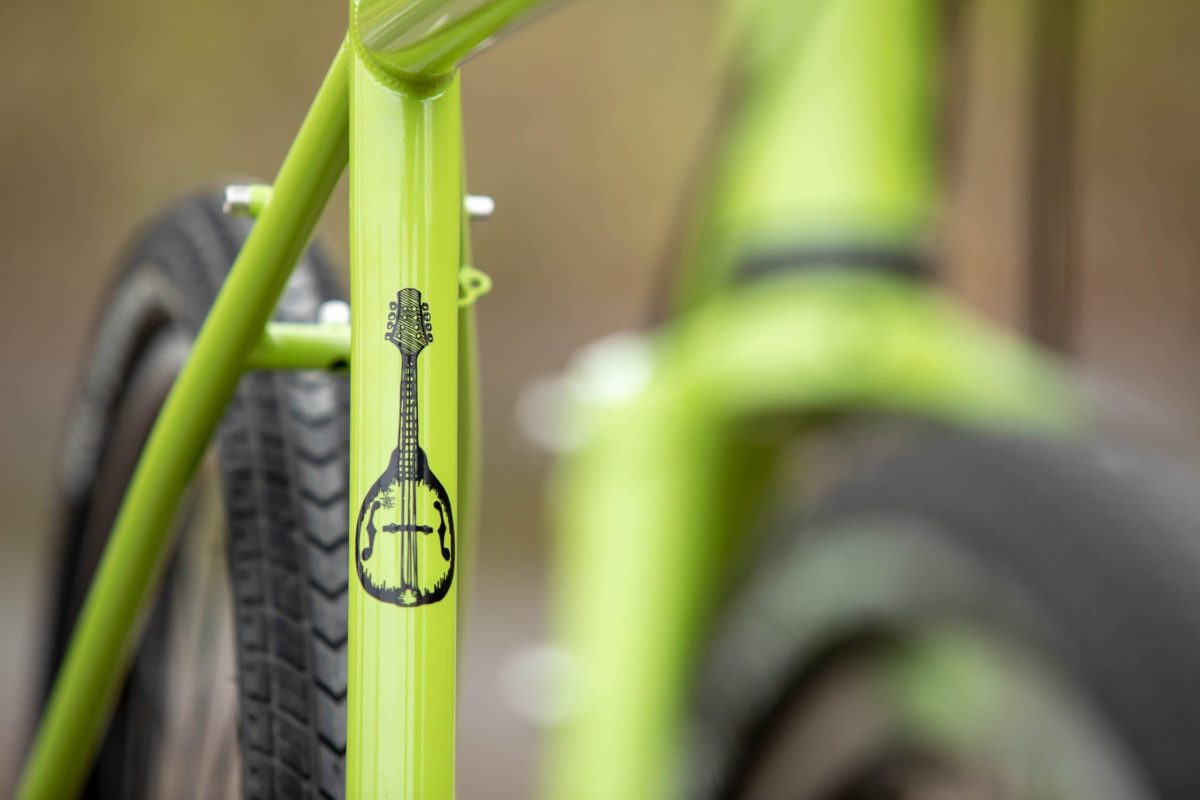
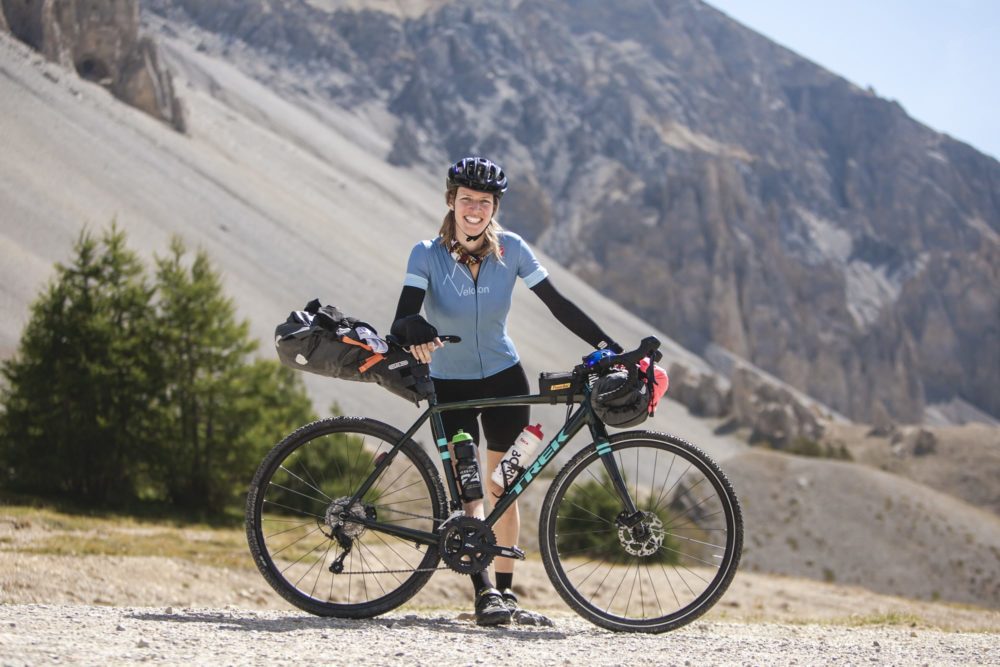
![Giant Toughroad SLR/SLR 1 (for 2022!) [+/- $1,000] - Short Review 54 Giant TOUGHROAD SLR review](https://cycloscope.net/wp-content/uploads/2020/09/TOUGHROAD-SLR-e1656578174535.jpg)
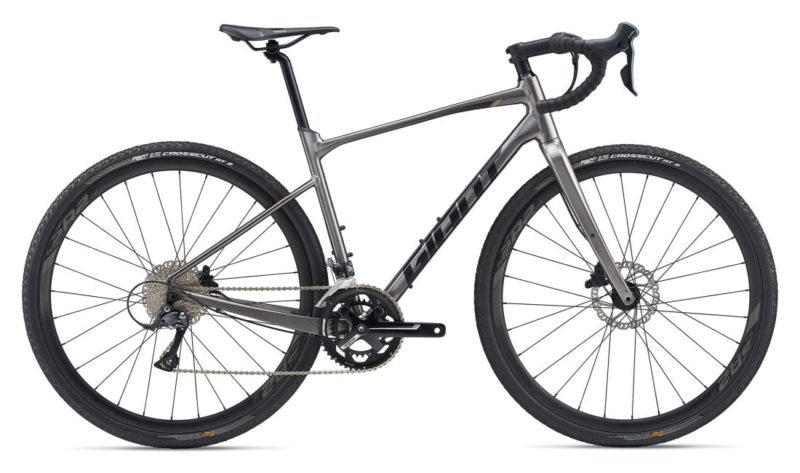
![Pinnacle Dacite 1 2019 Touring Bike - Review [+/-] $1000 56 pinnacle dacite 1 travel bicycle](https://cycloscope.net/wp-content/uploads/2017/09/pinnacle-dacite-1-travel-bicycle-e1656770563492.jpg)
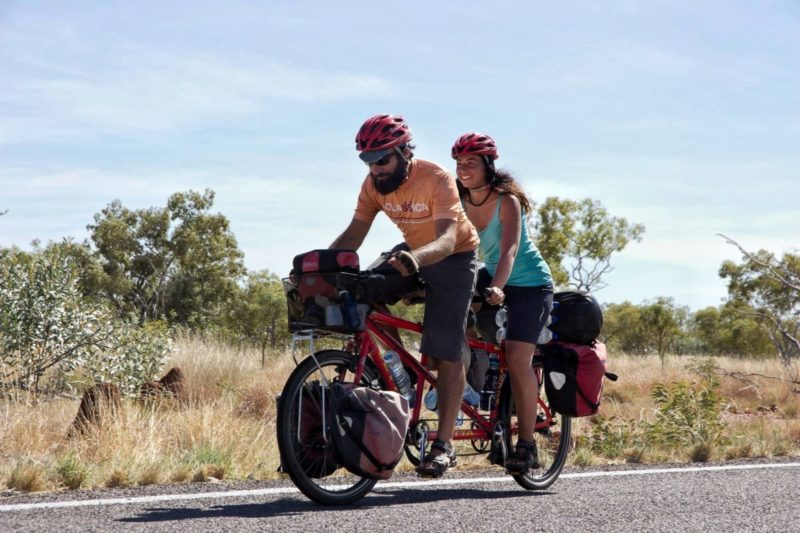
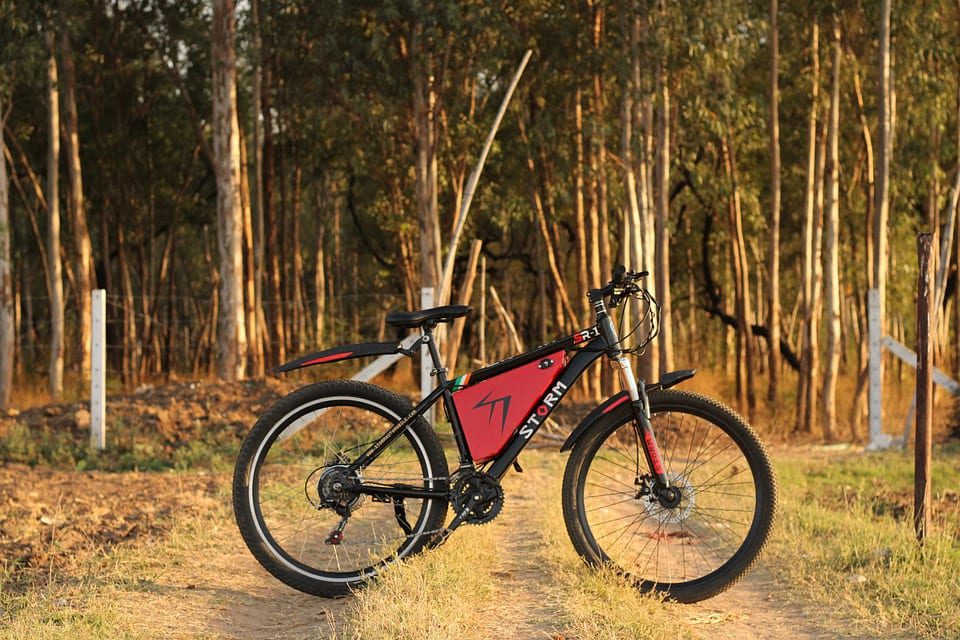
![Review: Cube Travel [2022] Touring Bike with a Cross Country Soul. Below $1,000! 59 Review: Cube Travel [2022] Touring Bike with a Cross Country Soul. Below $1,000! 11](https://cycloscope.net/wp-content/uploads/2020/06/WhatsApp-Image-2020-06-05-at-00.20.43.jpeg)
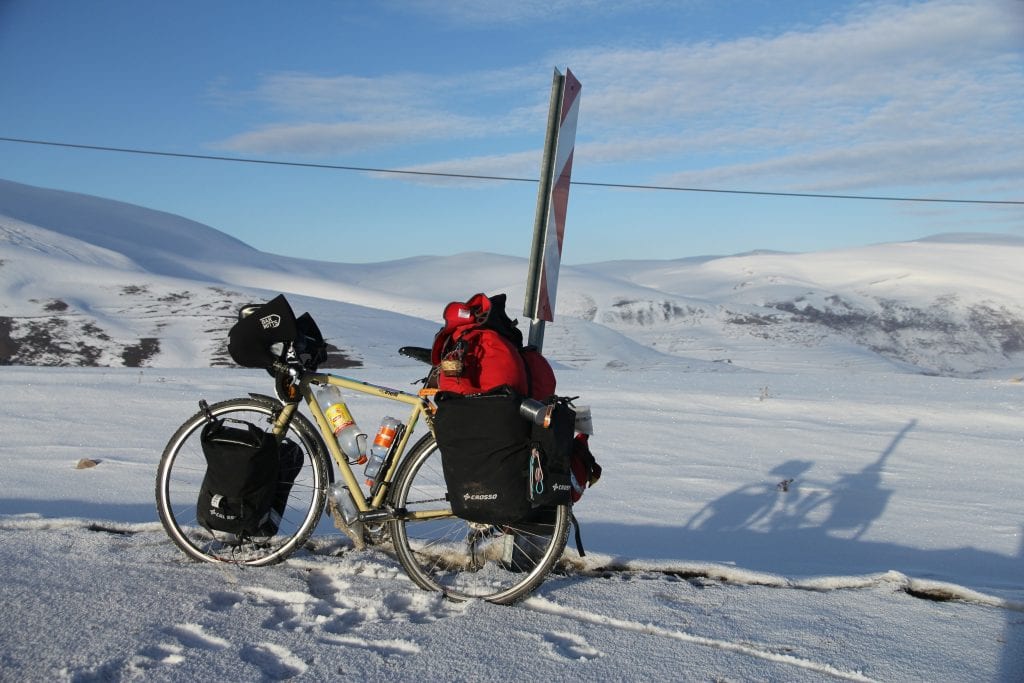
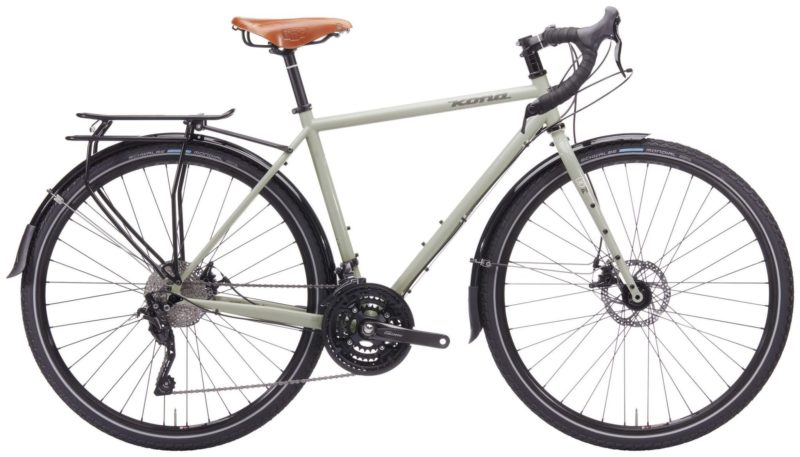
![Specialized Diverge E5 2022 - Gravel With the Need for Speed [Short Review] 62 specialized diverge e5 review](https://cycloscope.net/wp-content/uploads/2020/05/specialized-diverge-e5-review-scaled-e1644327811926.jpg)
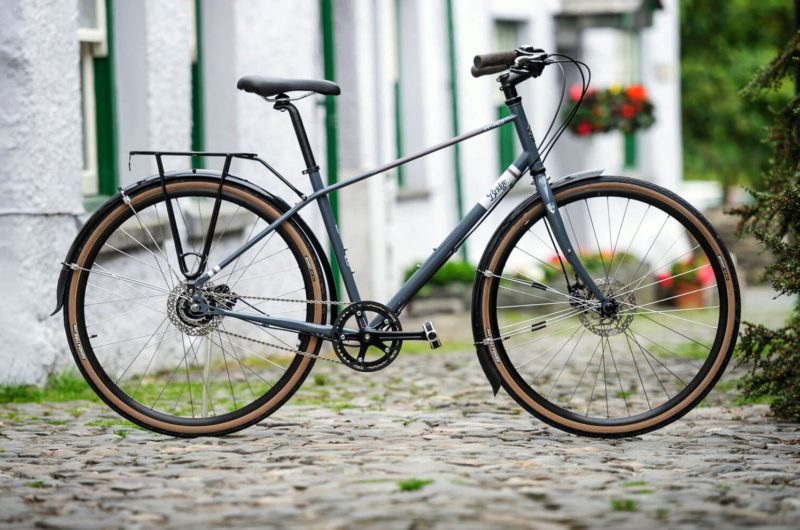
![Genesis Day One 10 [2020] Review: Internal Hub Gear Gravel Bike 64 Genesis Day One 10](https://cycloscope.net/wp-content/uploads/2020/05/Genesis-Day-One-10-e1656595722334.jpg)
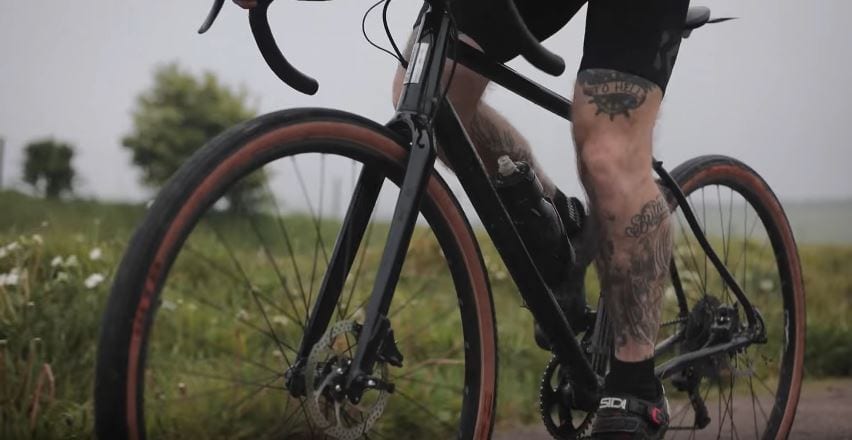
![Review: Santos Travelmaster 2.9 & 3+ Touring Bike [2022] 66 Review: Santos Travelmaster 2.9 & 3+ Touring Bike [2022] 14](https://cycloscope.net/wp-content/uploads/2020/05/Myanmar-copia-scaled.jpg)
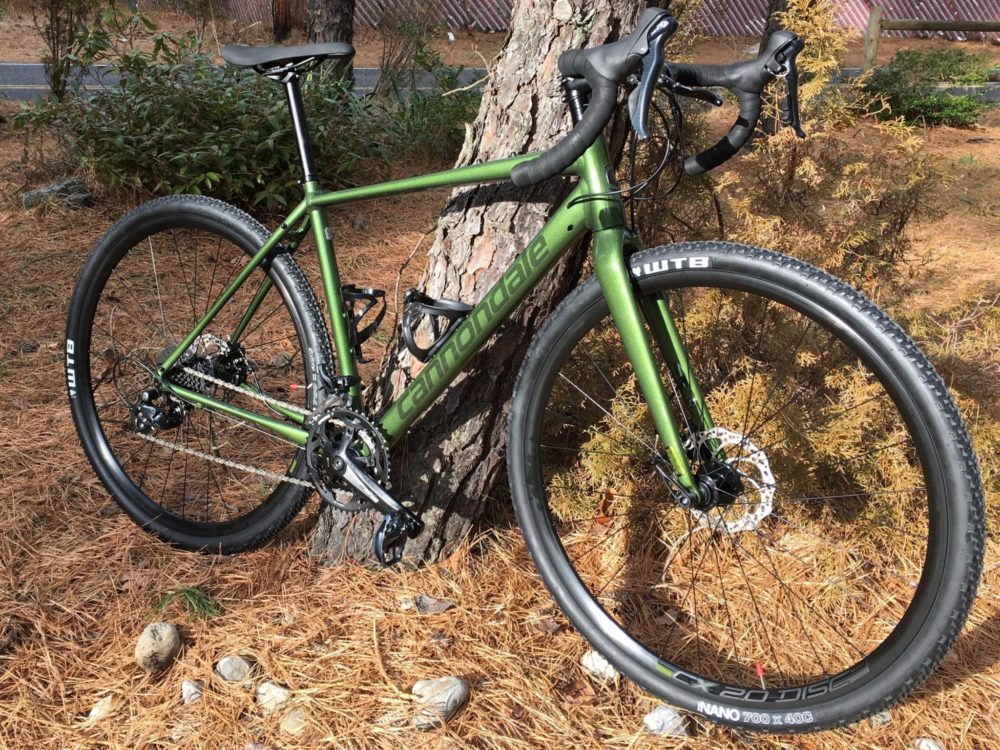
![Bobbin Scout Hybrid Bike [+/-] $1,000 68 bobbin bicycle review](https://cycloscope.net/wp-content/uploads/2020/09/bobbin-scout-bike-review.jpeg)
![Bianchi Via Nirone 7 Allroad [2022] - On Sight Review 69 bianchi via nirone allroad review](https://cycloscope.net/wp-content/uploads/2020/01/bianchi-via-nirone-allroad-tiagra-1-e1656671098534.jpg)
![Dawes Karakum Touring Bike [+/-] $800 - A Short Review 70 dawes karakum review](https://cycloscope.net/wp-content/uploads/2020/09/dawes-karakum-woman-step-through-e1656578084259.jpg)
![Cinelli HoBootleg Geo: Italian Class in Gravel [Field Review] 71 Cinelli Hobootleg Geo](https://cycloscope.net/wp-content/uploads/2019/10/DSCF6950-e1572109612358.jpg)

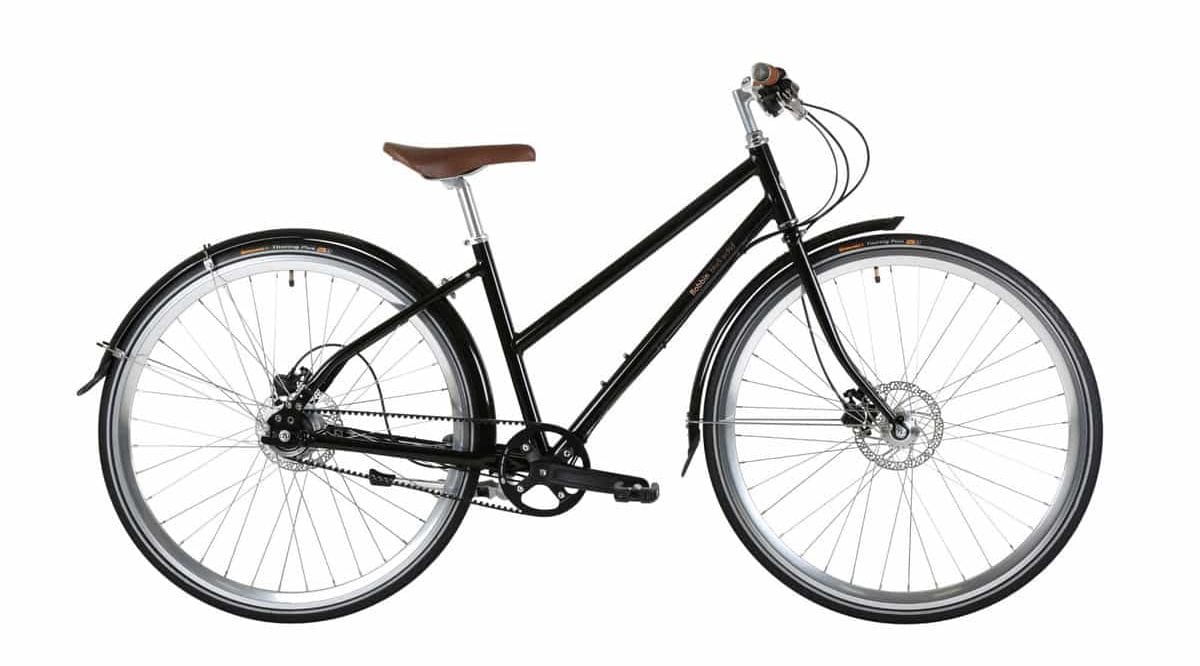
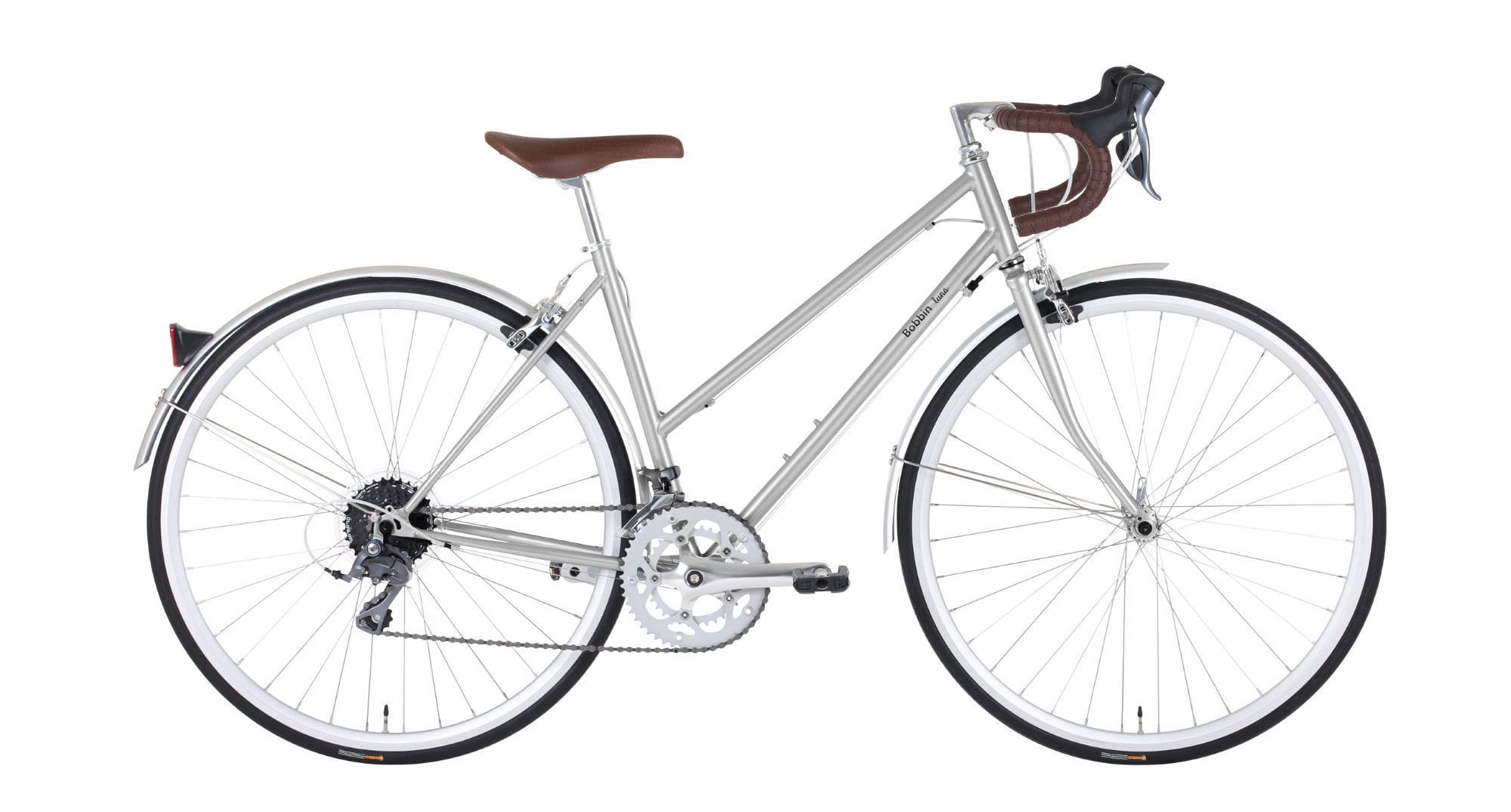
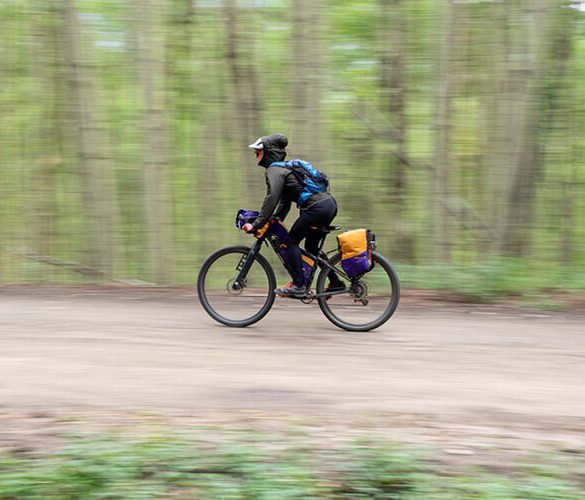
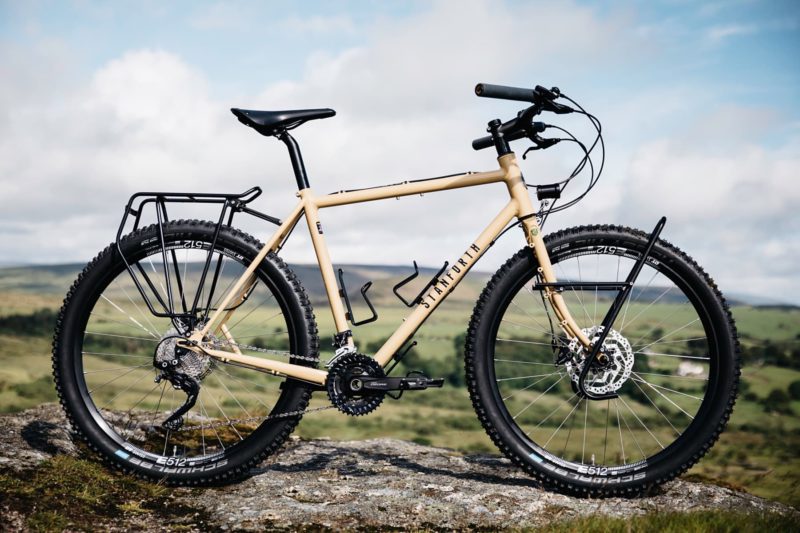
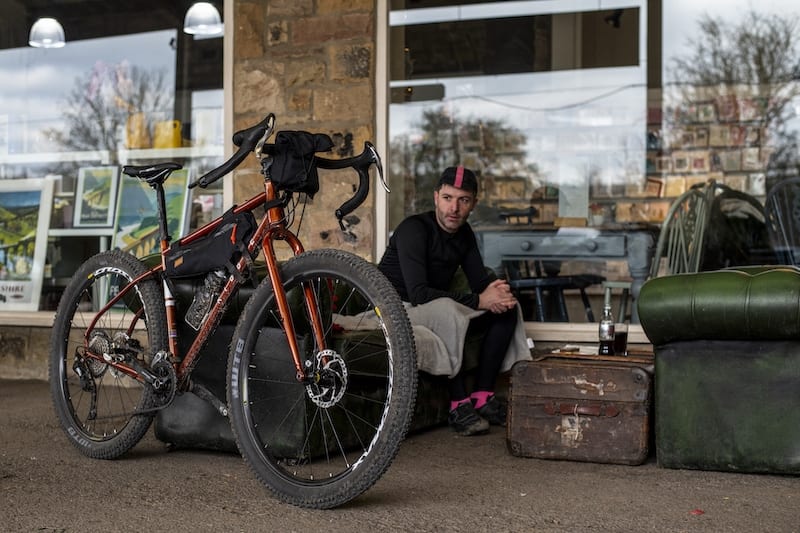
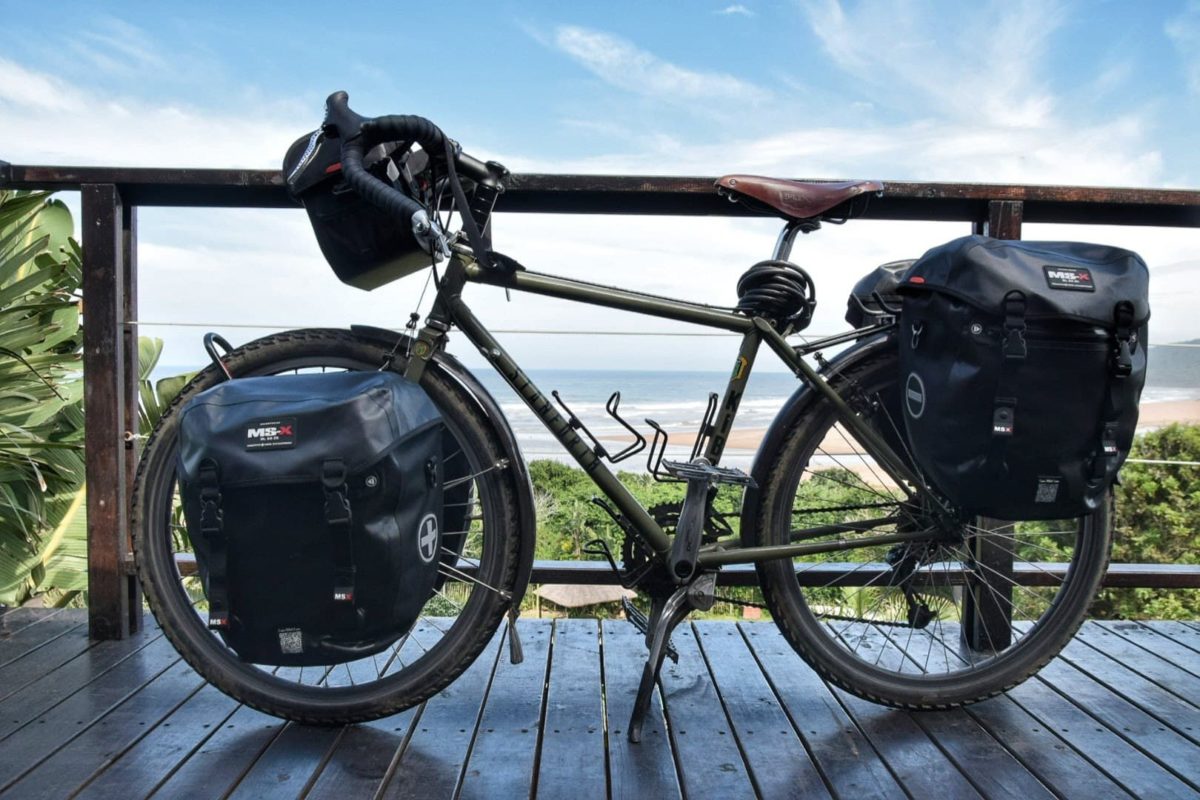
![Make it Cheap! 11 Best Touring Bikes Under 1000$ [in 2023] 79 Make it Cheap! 11 Best Touring Bikes Under 1000$ [in 2023] 15](https://cycloscope.net/wp-content/uploads/2020/06/DSC_1099-01-e1656595227767.jpeg)
